Cosmetic & wellness products
Hair and Skin Rejuvenation

Find what you are looking for
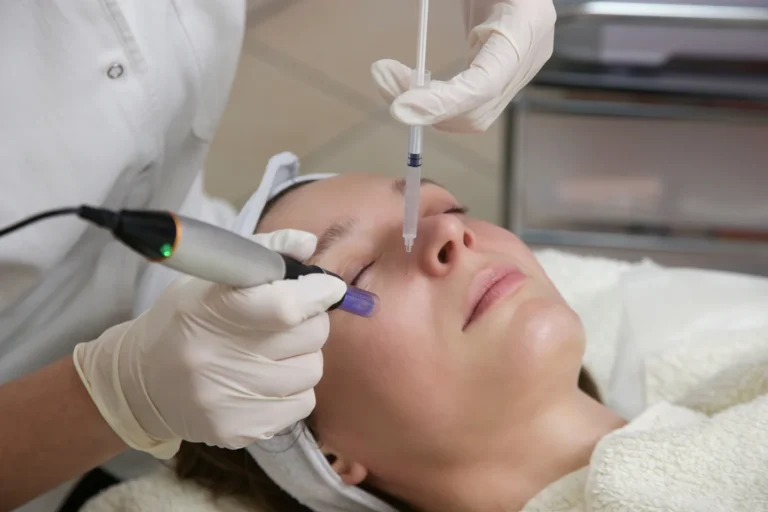
Beyond Collagen: The Power of Polynucleotides Microneedling for Advanced Skin Rejuvenation
Take Microneedling Treatments to the Next Level with PolynucleotidesPolynucleotides microneedling combines microneedling and polynucleotides to improve skin quality. This advanced…
Read More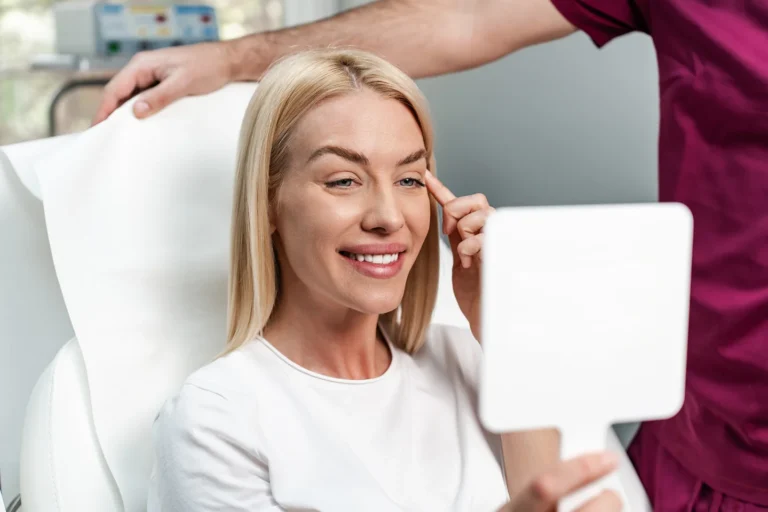
Your Guide to Polynucleotides Aftercare: Ensuring Optimal Results
The Complete Post-Injection Recovery PlanProper aftercare is key to get the best results from polynucleotide injections. Follow your doctor's advice…
Read More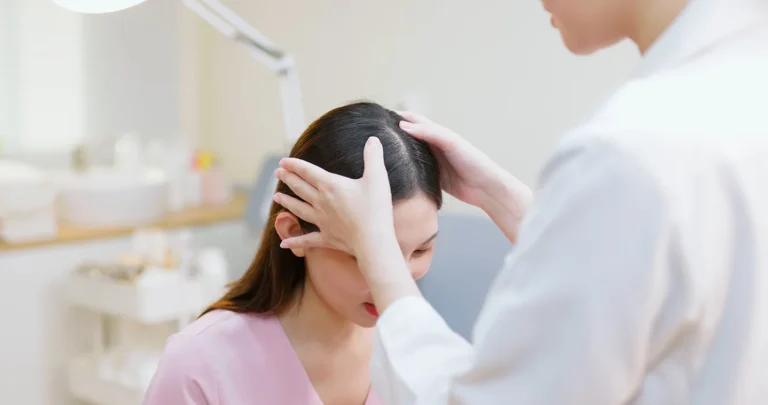
Polynucleotides for Hair Loss
Discover How Polynucleotide Injections Stimulate Hair Growth and Improve Scalp HealthPolynucleotides present a new strategy for combating hair loss. They…
Read More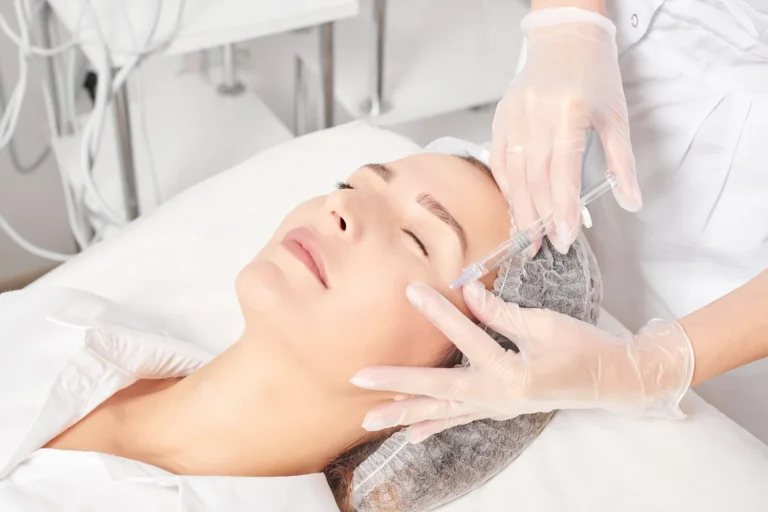
How Much Is Polynucleotide Treatment?
Gauging polynucleotide treatment costs? Location and severity play a role, so discover what to expect and budget accordingly.Polynucleotide treatment costs…
Read More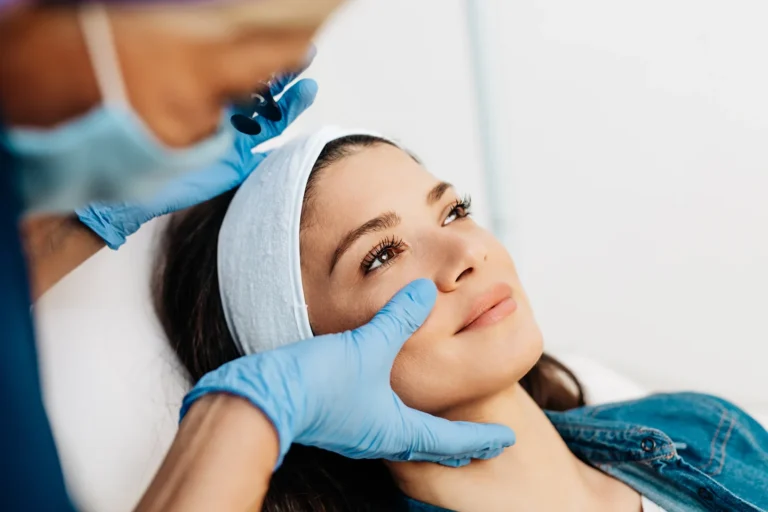
Are Polynucleotides Worth It?
Polynucleotides promise rejuvenated skin, but are the results real? Investigate the pros, cons, and insights here.Polynucleotides are worth it because…
Read More
The Ultimate Guide to PDRN vs PN Skin Boosters
PDRN and PN are injectable skin boosters from salmon DNA that rejuvenate aging skin. To recommend the best skin booster…
Read More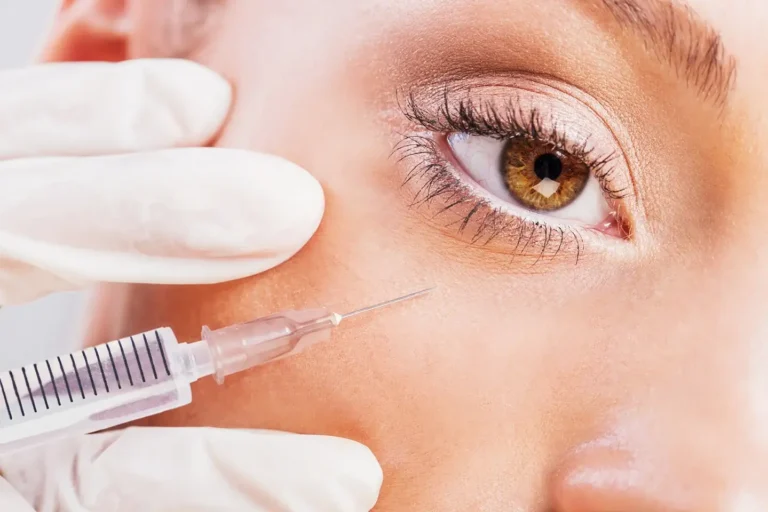
Tired of Turning Away Patients with Under-Eye Concerns?
PDRN is the Solution Your Practice NeedsPDRN rejuvenates the thin, fragile skin of the under eyes to reduce bags, circles,…
Read More
PDRN Injection Fda Approval: Everything You Need to Know
Many wonder if PDRN injections are FDA-approved; get the truth about its status and potential uses.PDRN injections are not yet…
Read More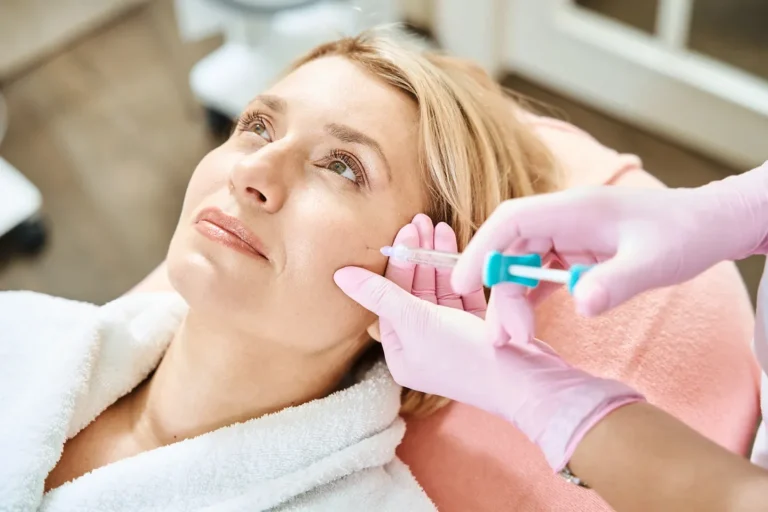
Salmon DNA Injection Side Effects
Uncover the Benefits, Side Effects, and Essential AftercareSalmon DNA injections typically cause temporary redness, swelling, bruising, or tenderness at the…
Read More
Korean Salmon DNA Injection
Want youthful, radiant skin? Korean salmon DNA injections may be the answer, but first, discover if this innovative beauty treatment…
Read More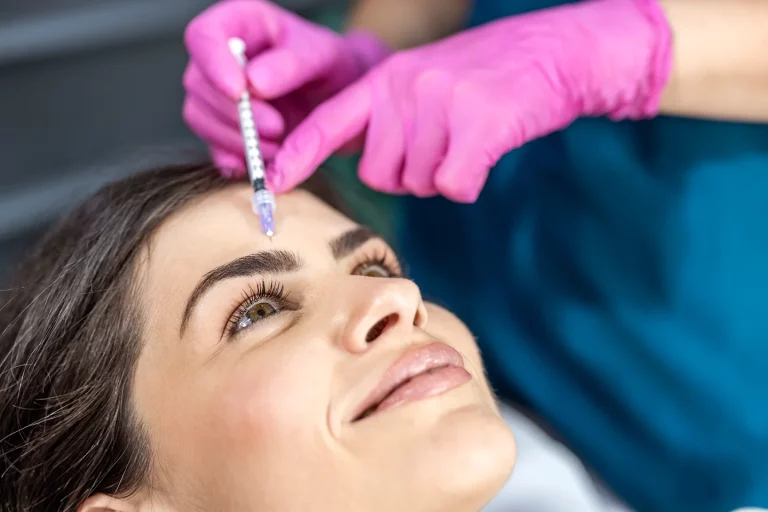
Harness Skin Regeneration with PDRN Mesotherapy
An Innovative and Evidence-Based Technique for Skin RejuvenationPDRN mesotherapy is an injection treatment that uses a solution of salmon sperm…
Read More
PDRN vs PRP for Hair Regrowth
Two Promising Non-Surgical Treatments for Hair Restoration PDRN and PRP are two promising injection treatments that can stimulate hair regrowth for…
Read More
PDRN Exosome: The Science of Skin Transformation
Just when you thought you knew all about skin rejuvenation, PDRN exosomes reveal a groundbreaking approach to cellular repair and…
Read More
PDRN Booster: Your Skin’s Best Ally
Discover How PDRN Transforms Your Skin from WithinPDRN boosters are advanced skincare treatments that use polynucleotides, often derived from salmon…
Read More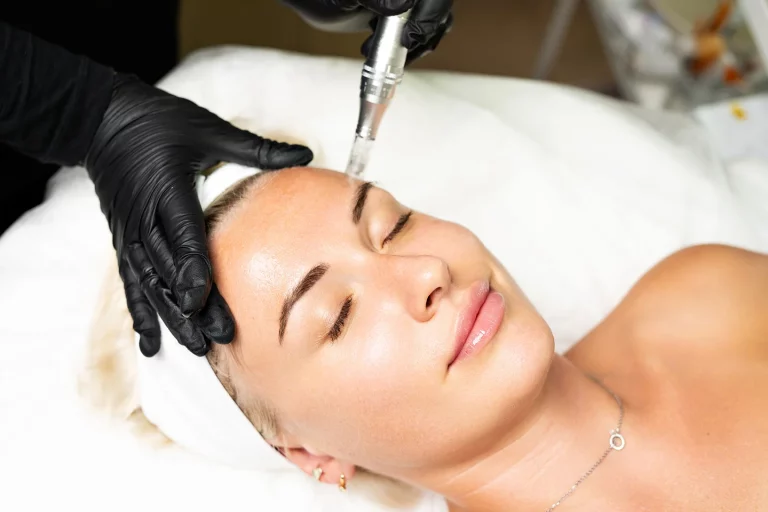
Salmon DNA Microneedling
Knowing the secret behind salmon DNA microneedling could unlock your path to radiant, youthful skin—discover how it works.Salmon DNA microneedling…
Read More
Salmon DNA Skin Booster: Rejuvenate Your Skin with the Power of the Sea
Have you ever wondered how salmon maintain their youthful, vibrant appearance even in the harsh conditions of the ocean? The secret…
Read More
Examining the Anti-Aging and Rejuvenating Potential of Salmon Sperm Skincare
A Deep Dive into the Unique Marine Ingredient Taking Over SkincareSalmon sperm skin care delivers nutrients that may help rejuvenate…
Read More
What is Salmon DNA Used For?
Exploring the Benefits and Safety of This Innovative Skin TreatmentSalmon DNA therapy utilizes DNA sourced from salmon, containing key components…
Read More
Salmon PDRN Injection
Explore the Science and Benefits of Salmon-Derived SkincareIn the dynamic world of skincare and aesthetics, innovative treatments and ingredients continually…
Read More
Kim Kardashian Salmon Sperm Facial
Unpacking the Science Behind PDRN and Its Effects on SkinKim Kardashian made waves in the beauty world when she revealed…
Read More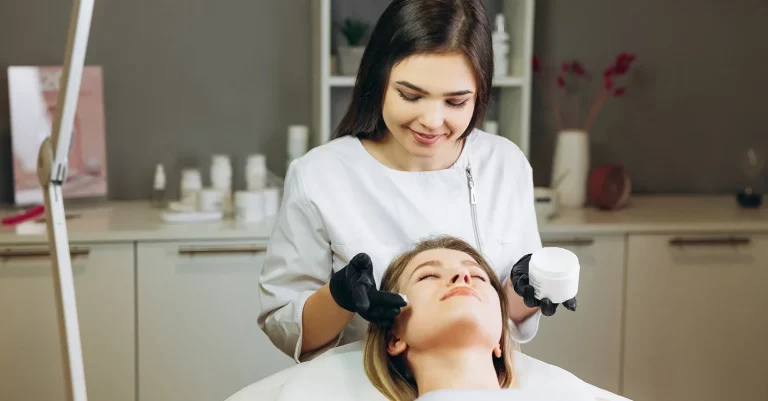
The Emerging Role of c-PDRN in Aesthetic Medicine
How This Innovative Skin Rejuvenator Works and Why It's Becoming a Go-To TreatmentC-pdrn is a new type of skin treatment…
Read More
PDRN Skin Boosters For Rejuvenated Skin
The Innovative Skin Treatment to Achieve a Radiant, Youthful GlowPDRN skin boosters are injectable anti-aging skin treatments made with Polydeoxyribonucleotide…
Read More
PDRN Skincare: Unlock Your Skin’s Youthful Potential
Discover the Science-Backed Benefits of PDRN for Radiant, Rejuvenated SkinPolydeoxyribonucleotide (PDRN) is a groundbreaking skincare ingredient derived from the DNA…
Read More
PDRN Essence: The Korean Skincare Secret for Radiant, Youthful Skin
Discover the Power of PDRN for Skin Repair, Hydration, and Anti-AgingWhen you use PDRN essence, you're tapping into a powerful,…
Read More
Salmon PDRN: The Science-Backed Anti-Aging Secret
Rejuvenate, Repair, and Reveal Radiant Skin with the Power of Salmon DNASalmon PDRN, derived from the sperm of salmon trout…
Read More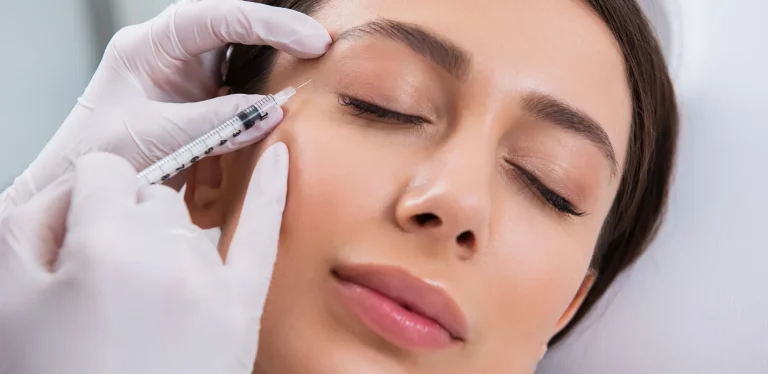
How Much Do Salmon Sperm Injections Cost?
From Costs to Benefits: A Guide to Salmon Sperm Injection Procedures for Skin RenewalThe cost of salmon sperm injections typically…
Read More
PDRN Caffeine Shot Serum: Invigorate Your Skin
Rejuvenate Your Skin with the Power of PDRN and CaffeinePDRN Caffeine Shot Serum is a powerful solution for revitalizing and…
Read More
Salmon Sperm DNA in Skincare: Unlocking Youthful Radiance
Explore the science behind salmon sperm DNA, its applications in skincare, and the transformative benefits it offers.Salmon sperm DNA, also…
Read More
PDRN Eye Drops: Rejuvenating Your Eyes
Explore the science behind PDRN, its applications for various eye concerns, and its potential benefits.PDRN eye drops are gaining popularity…
Read More
What You Need to Know About Salmon DNA Serum
Exploring the Revolutionary Skincare Ingredient Taking the Industry by StormForget needles and knives—the secret to smoothing wrinkles may come from…
Read More
Rejuvenating the Skin and Accelerating Healing: The Benefits of Polydeoxyribonucleotides
Harnessing Nature's Building Blocks for Tissue Repair and RenewalPolydeoxyribonucleotides (PDRNs) sound complex, but they're derived from a simple source -…
Read More
PDRN: The DNA of Beauty and How PDRN Treatments Can Transform the Skin
The Science-Backed Secret to Collagen StimulationPolydeoxyribonucleotide (PDRN) is a naturally occurring component of DNA that stimulates collagen production and boosts…
Read More
Nature’s Answer to Anti-Aging: The Science and Benefits of Salmon DNA for Skin
Witness the transformative power of salmon DNA therapy, but what does this revolutionary treatment really do for your skin?You're about…
Read More
The Salmon Sperm Facial: Separating Fact from Fad
Discover the surprising science behind salmon sperm for radiant skin.Imagine a facial treatment that harnesses the power of salmon sperm…
Read More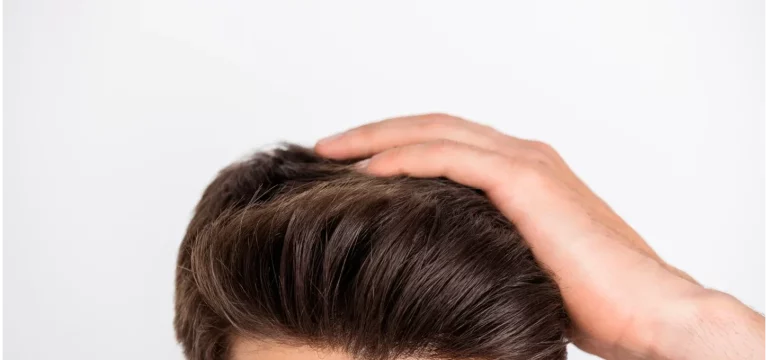
Exosomes vs. Traditional Hair Loss Treatments
Exploring the Potential of Regenerative Medicine for Enhanced Hair RestorationThe Growing Demand for Effective Hair Restoration SolutionsHair loss can significantly…
Read More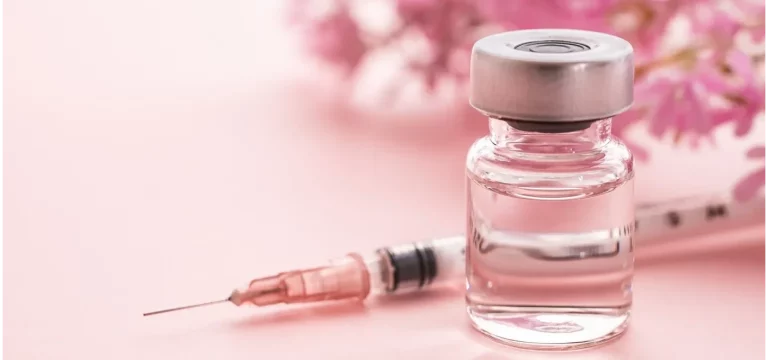
Exosomes vs. Stem Cell Therapy for Aesthetics
Weighing the Pros and Cons for Informed Decision-Making in Your PracticeThe Rise of Regenerative AestheticsThis blog post will discuss two…
Read More
Exosomes vs. Microneedling for Skin Rejuvenation
Unveiling the Superior Choice for Collagen Stimulation and Texture ImprovementThe Evolving Landscape of Skin RejuvenationThe demand for non-invasive skin rejuvenation…
Read More
Exosomes vs. Fillers for Facial Rejuvenation
A Head-to-Head Comparison for Natural and Long-Lasting ResultsThe Emerging Choice Between Exosomes and FillersPatients are always seeking natural and long-lasting…
Read More
Exosomes vs. PRP for Hair Restoration
Which Treatment Reigns Supreme for Optimal Hair Regrowth?The Rising Demand for Non-Surgical Hair Loss SolutionsHair loss can be a significant…
Read More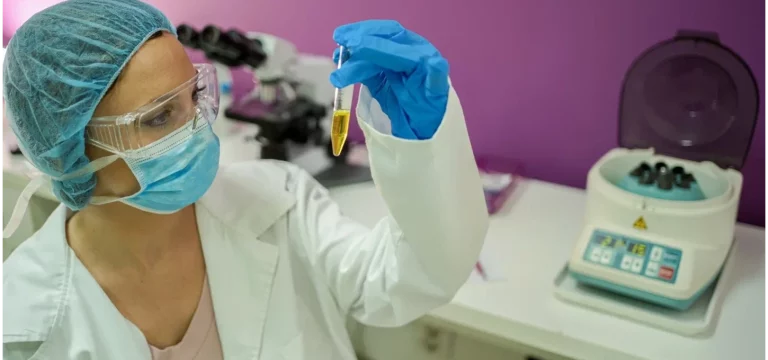
Introduction to Exosome Markers in Aesthetic Medicine
Exosomes are tiny membrane-bound vesicles secreted by cells that play important roles in intercellular communication. They have the natural ability…
Read More
The Ultimate Guide to Exosome-Depleted FBS for Cell Culture Experiments
Discover How Exosome Depletion Creates Optimized FBSFetal bovine serum (FBS) is an essential supplement used in cell culture media to…
Read More
The Promising Potential of Exosome Therapy and What to Know About Possible Side Effects
Unlock the Regenerative Power of Stem CellsExosome therapy is an exciting new treatment that utilizes the natural healing properties of…
Read More
Extracellular Vesicles vs Exosomes: A Close Examination of These Intriguing Biological Particles
Extracellular vesicles (EVs) and exosomes are tiny yet powerful subcellular structures that have recently come into focus for their critical…
Read More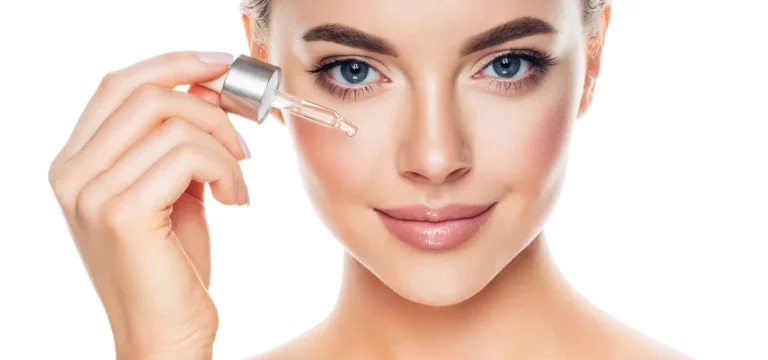
Beyond the Hype: A Critical Look at the Efficacy of Exosome Serums
Future of Beauty: What's Next for Exosome Serums in Skincare Innovation?Exosome serums are taking the beauty world by storm, and…
Read More
The Path to FDA Approval for Exosome Treatments
Know the Current Status of Exosome Therapies Under FDA Regulation and OversightWhat is the regulatory status of exosome therapies? Are…
Read More
What Exosome Therapy Actually Costs
Before considering this avant-garde age-reversing treatment, know the real costs.Exosome therapy promises to reverse aging by harnessing your body's own…
Read More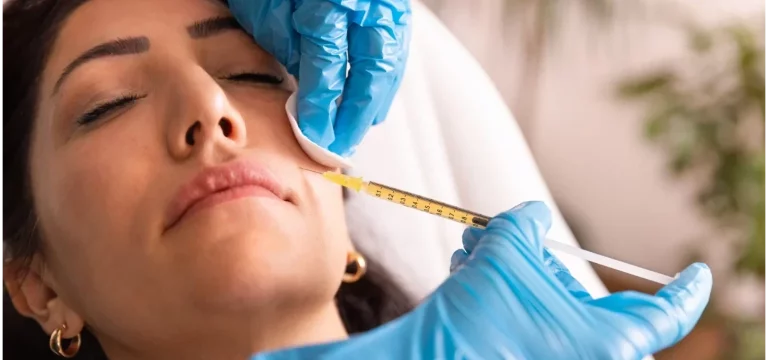
Exosomes Vs PRP: Everything You Need to Know
Learn about the key differences between exosomes and PRP and discover which treatment may be best for you.So, you've heard…
Read More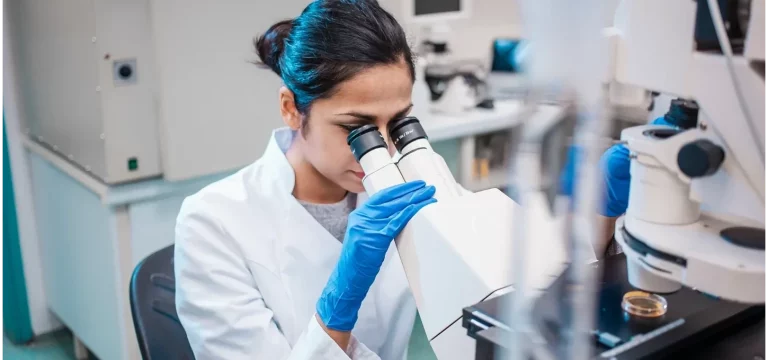
Exosome Diagnostics: Everything You Need to Know
Uncover the power of exosome diagnostics and revolutionize your understanding of modern medical testing.Curious about the latest in medical diagnostics?…
Read More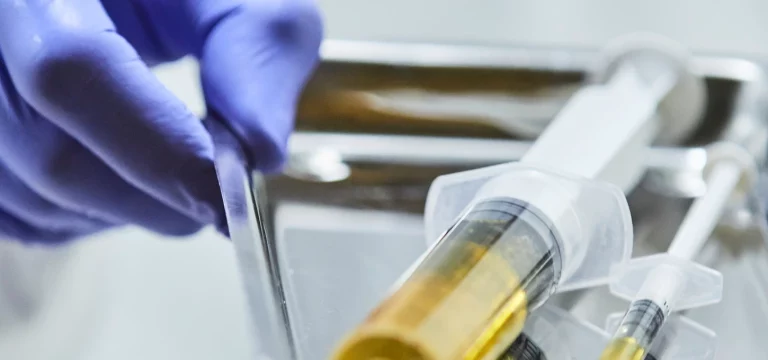
The Future is Here: Exosomes vs Stem Cells
At FACE Med Store, we're always looking to the future. We want to bring you, our valued customers, the most cutting-edge…
Read More
Unlock the Regenerative Power of Exosomes Through Optimized Isolation
Discover the cutting-edge techniques that hold the key to harnessing exosomes' immense therapeutic potentialExosomes? They're game-changers, especially when we talk…
Read More
The Emerging Science of Exosome IV Therapy
How Infusions of Concentrated Exosomes Stimulate Systemic HealingExosome IV therapy is generating waves in research and clinics for its potential…
Read More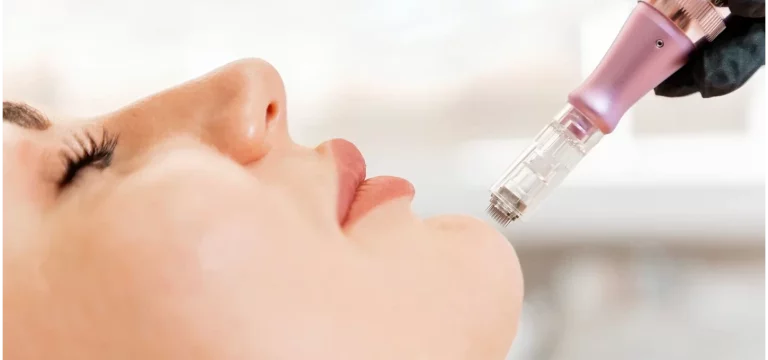
Exosomes Microneedling
A Combo Therapy That Smoothen Wrinkles, Even Tone, and Restore FirmnessDo you cringe every time you look in the mirror…
Read More
Exosomes in Skin Care: More Than Just a Trend
An In-Depth Look at Exosomes for Skin Health and RejuvenationExosomes are becoming a revolutionary technology in anti-aging and skincare treatments.Current…
Read More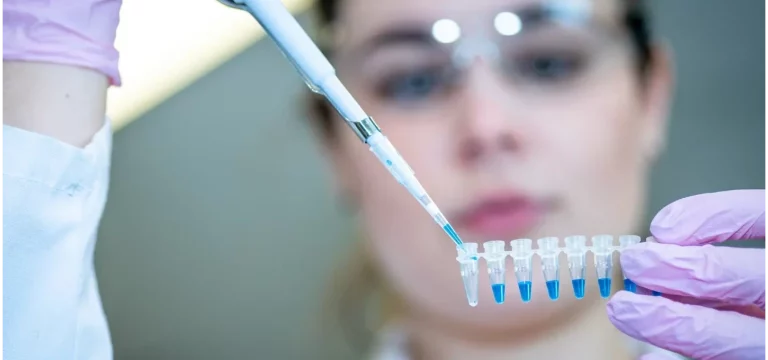
Exosome Injections: A Promising New Frontier in Regenerative Medicine
Shaping Tomorrow's Healthcare: The Potential of Exosome TherapyExosome injections are rapidly gaining attention as a breakthrough technology in regenerative medicine,…
Read More
Exosome Facials: Are They Worth It?
Dispel the myths and learn the facts about this buzzed-about new anti-aging facial.Exosome facials may offer the next generation of…
Read More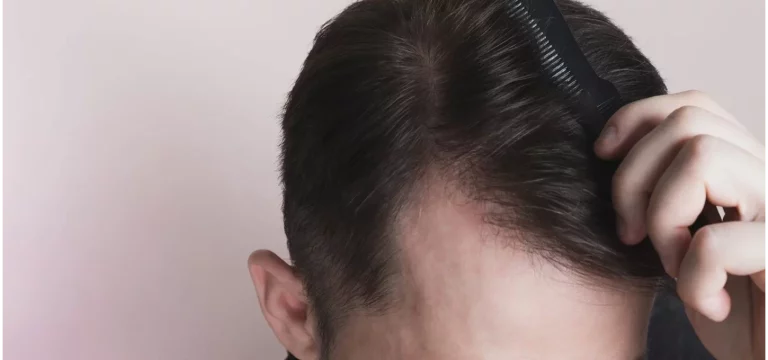
Could Exosome Injections Be the Breakthrough Treatment for Hair Loss?
From mice to men: The trail of evidence on exosomes to treat thinning hairEarly signs of thinning hair can be…
Read More
Exosome Therapy
Unlocking the Marvels of Cellular MessengersGet ready for a riveting voyage into the universe of exosomes and their incredible impact…
Read More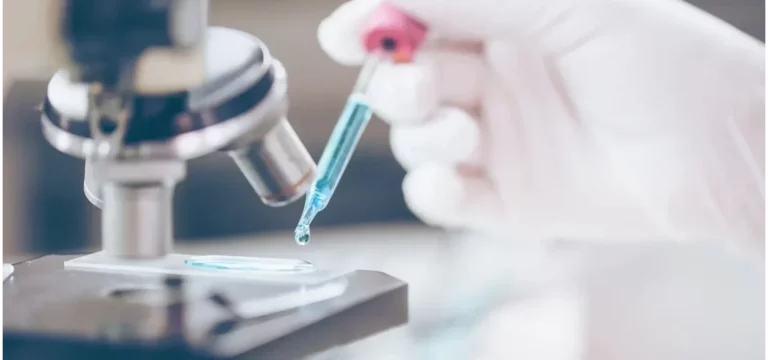
Exosomes: Everything You Need to Know
Learn how exosomes could revolutionize medical treatments and improve overall health.Curious about exosomes and their impact on cell-to-cell communication and…
Read More
How Much Collagen Can Be Produced by a Derma Roller
If you're considering derma rolling to combat signs of aging skin, you probably have one burning question: how much extra…
Read More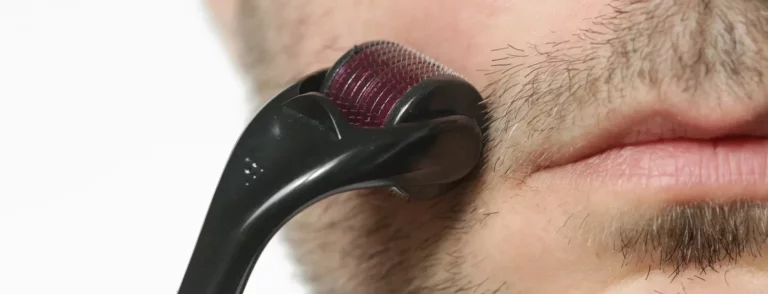
Derma Rolling for Beard Growth: How Often for Best Results
Beard not filling out how you hoped? Derma rolling can help, but overdoing it can backfire. At Face Med Store,…
Read More
Derma Roller Replacement Guide – When to Swap Old for New
The need to replace dull needles when using a derma roller is underestimated by many first-time users. A derma roller's…
Read More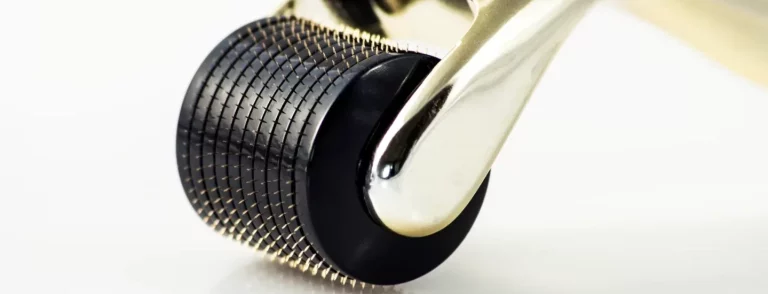
Optimal Pressure and Technique Using a 0.30mm Derma Roller
Trying your hand at derma rolling to improve your skill and skin in the process? You may have about the…
Read More
Do You Need Serum with a Derma Roller? Expert Guide on Pairing Serums with Derma Rolling
If you’re considering trying derma rolling to help improve your skin’s texture and appearance, you may be wondering if you…
Read More
Derma Rolling Dangers: Preventing Skin Damage and Hyperpigmentation
Microneedling with a derma roller involves literally puncturing your skin repeatedly with tiny needles! The mere thought is enough for…
Read More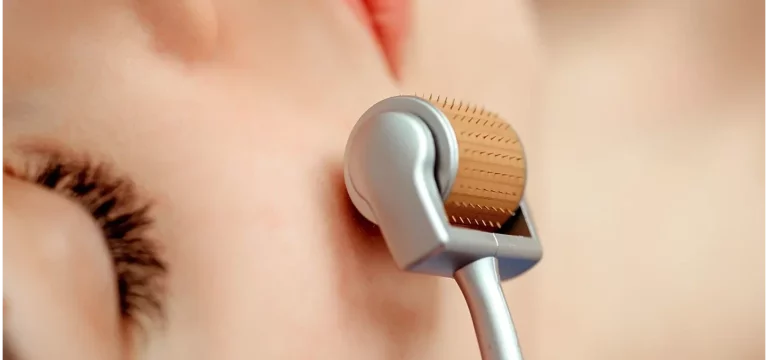
Can Derma Rollers Ruin Your Skin? Dangers for Broken Capillaries
If you're considering trying derma rolling to improve your skin's texture and appearance, you may be wondering - is it…
Read More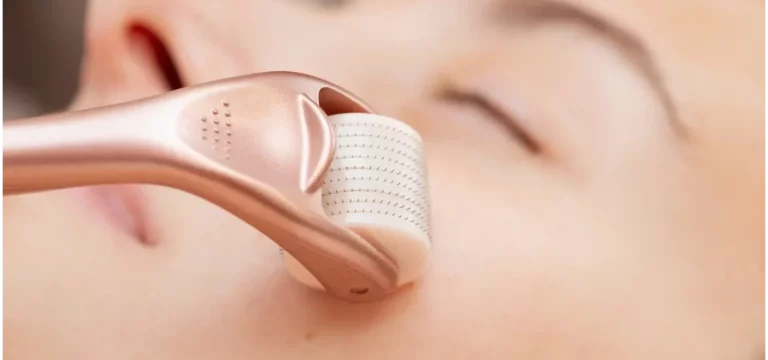
The Complete Guide to Resuming Your Skincare Routine After Derma Rolling
If you’ve recently had a derma rolling session, you’re probably wondering when you can resume your favorite skincare products. As…
Read More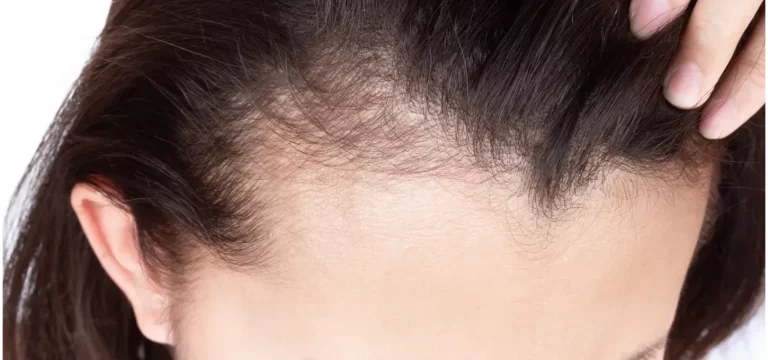
Derma Rolling for Hair Loss: How to Choose and Use a Derma Roller Effectively
Hair loss affects over 80 million men and women in the U.S. alone. The most common causes are genetic male…
Read More
The Complete Beginner’s Guide to Microneedling with a 0.25mm 540 Needle Derma Roller
Microneedling is rapidly growing in popularity for its ability to improve the texture, tone, and appearance of skin. As leaders…
Read More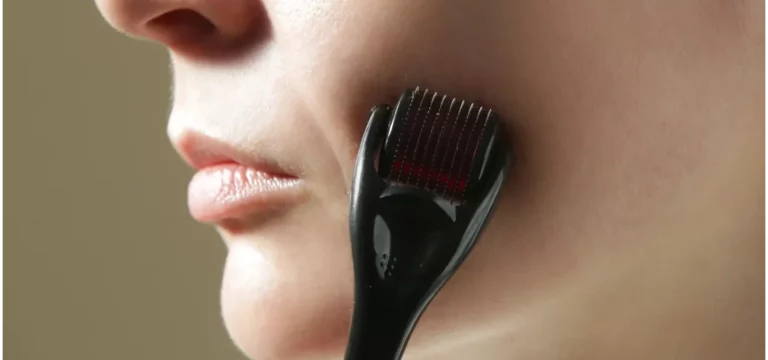
Can a Dermaroller Help With Lip Lines From Smoking?
Are you wondering if those lines around your lips caused by smoking can ever be removed? In this guide, Dr. Soni…
Read More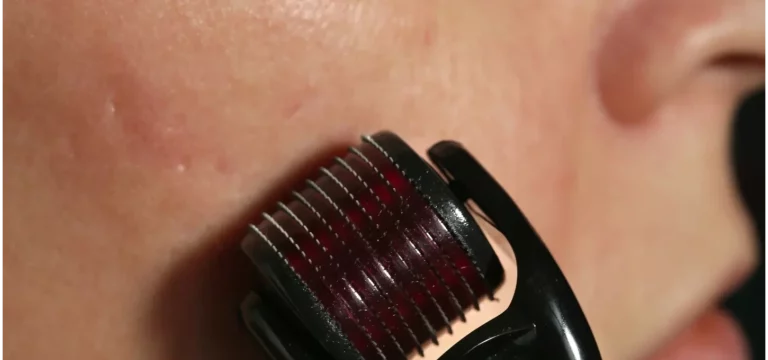
Acne Scar Improvements You Can Expect After 1 Month of Derma Rolling
If you’re struggling with acne scarring, every day spent looking at the discolored marks or indented depressions on your skin…
Read More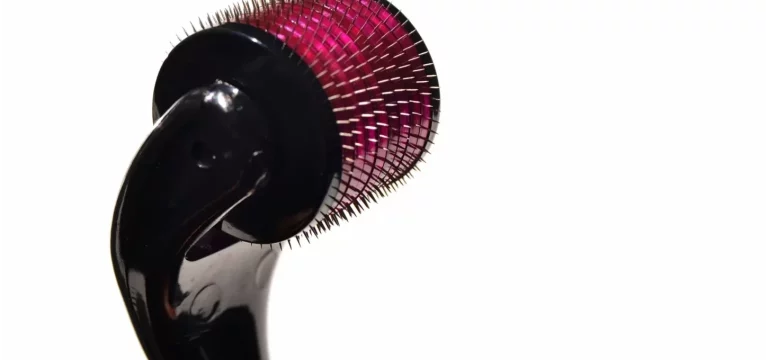
Do Derma Rollers Hurt? Understanding Pain Levels and Managing Discomfort with Microneedling
Have you considered trying derma rollers to reduce signs of aging and improve the appearance of scars or stretch marks?…
Read More
Microneedling Pen FDA Approval: Examining the Safety and Efficacy of Microneedling Treatments
Microneedling Innovations: How Microneedling Pen Stands Out in the IndustryMicroneedling Pen is an innovative microneedling device that has captured the…
Read More
Microneedling Pen vs Micropen: Battle of the Microneedling Titans
Explore the Distinct Features, Advantages, and Outcomes of Each Device for Your Skincare DecisionMicroneedling has become increasingly popular in the…
Read More
The Versatility of Microneedling Pen PRP: How It Works and What to Expect
The Role of Platelet-Rich Plasma in Enhancing Microneedling Pen Treatment OutcomesSkincare enthusiasts and professionals alike have long been searching for…
Read More
Unlocking the Secret to Youthful Skin: Microneedling Pen with PRP Results Explained
Discover the Science and Artistry Behind This Innovative Skin TreatmentIn the world of aesthetic medicine, the quest for youthful, glowing…
Read More
How to Use Microneedling Pen Safely and Effectively: A Comprehensive Guide
Avoid Common Mistakes and Mishaps. Tips and Techniques for Effective At-Home TreatmentsUsing Microneedling Pens effectively and safely is a skill…
Read More
From Dull to Dazzling: The Remarkable Microneedling Pen Benefits for Every Skin Type
Minimally Invasive, Maximum Results: How Microneedling Pen Benefits Revolutionize Your RoutineMicroneedling Pen, a revolutionary microneedling device, has taken the skincare…
Read More
Microneedling Pen for Fuller Lips: How to Get Long-Lasting, Natural-Looking Results
Discover How Microneedling Pen Revolutionizes Lip EnhancementAre you looking for a way to get fuller, more luscious lips without resorting…
Read More
The Comprehensive Breakdown: How Microneedling Pen for Acne Scars Works Wonders
Expert Insights on Skin RejuvenationSay hello to Microneedling Pen, your new best friend in the battle against acne scars. This…
Read More
Microneedling Pen at Home: The Ultimate Skincare Investment for the Busy Professional
Save Time and Money on Skincare Treatments Without Sacrificing QualityGone are the days when you needed to visit a professional…
Read More
Skin Perfection Awaits: Discovering the Best Microneedling Pen for Your Needs
Essential Tips and Tricks for Choosing the Right Microneedling Pen to Achieve Stunning ResultsAre you on the hunt for the…
Read More
SkinPen vs Microneedling Pen: A Comprehensive Comparison of Microneedling Devices
A Thorough Analysis to Help You Make the Right ChoiceThe pursuit of healthy, youthful, and radiant skin has led to…
Read More
Mastering Microneedling with Microneedling Pen Needles: A Comprehensive Guide
Why Microneedling Pen Needles are Important in Your Skincare Routine and How You Can Use Them for Skin RejuvenationMicroneedling has…
Read More
How to Achieve Flawless Skin through Microneedling Pen Treatment
Unveiling the Science, Benefits, and Process Behind the Popular Microneedling TechniqueHave you ever wished for a magic wand that could…
Read More
Achieving Flawless Skin with Microneedling Pen Facials: The Ultimate Guide to Microneedling
What to Expect, Tips for Success, and Long-Term Benefits of Microneedling Pen TreatmentsIn recent years, Microneedling Pen facial has emerged…
Read More
Microneedling Pen Costs Uncovered: Evaluating Your Options
A Practical Approach to Choosing the Right Microneedling Pen Device for Your NeedsAre you a skincare professional or a beauty…
Read More
Microneedling Pen Microneedling: The Ultimate Solution for Various Skin Concerns
Explore the Power of Advanced Microneedling TechnologyDid you know that our skin's ability to produce collagen decreases by approximately 1%…
Read More
Microneedling Pen: A Game-Changer in Skincare and Confidence-Boosting Treatments
A Comprehensive Look at Microneedling Pens as Skincare InstrumentsAre you tired of dealing with stubborn wrinkles, acne scars, and uneven…
Read More
How Many PRP Treatments Are Needed for Face Rejuvenation?
There are many different facial treatments available for those who want to enhance the appearance of their skin. You may…
Read More
PRF vs PRP: Similarities and Differences in Treatment
As medical advances are constantly made to further the development of innovative treatment solutions, platelet-rich fibrin (PRF) and platelet-rich plasma…
Read More
Does Medicare Cover PRP Injections?
PRP is a regenerative medical procedure developed in recent years as an experimental therapy for various aesthetic issues. Experts have…
Read More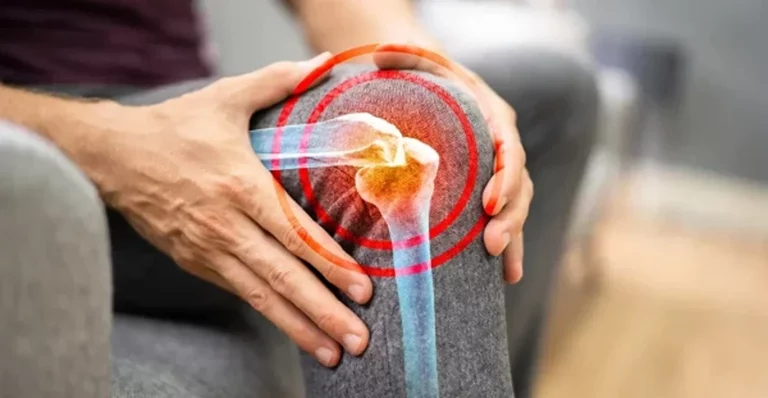
Is It Normal to Feel Worse Pain After PRP Injection?
Platelet rich plasma injections are a popular treatment for a wide variety of cosmetic and medical conditions. One of its…
Read More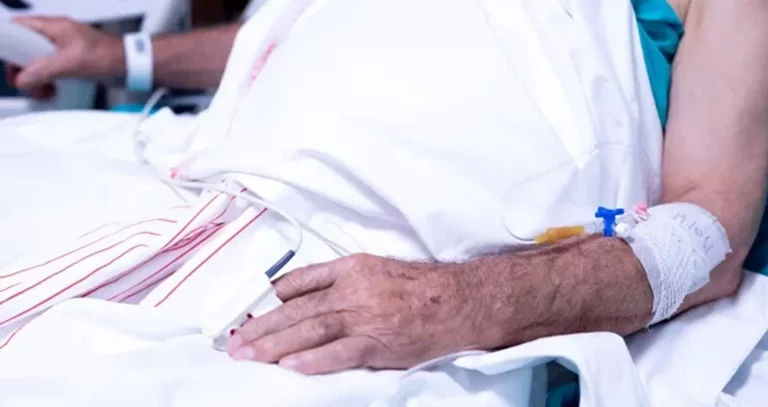
The Use of Platelet Rich Plasma in a Penile Injection
Penile shots and Injections are a form of therapy that involves extracting a platelet-rich plasma (PRP) solution from the patient’s…
Read More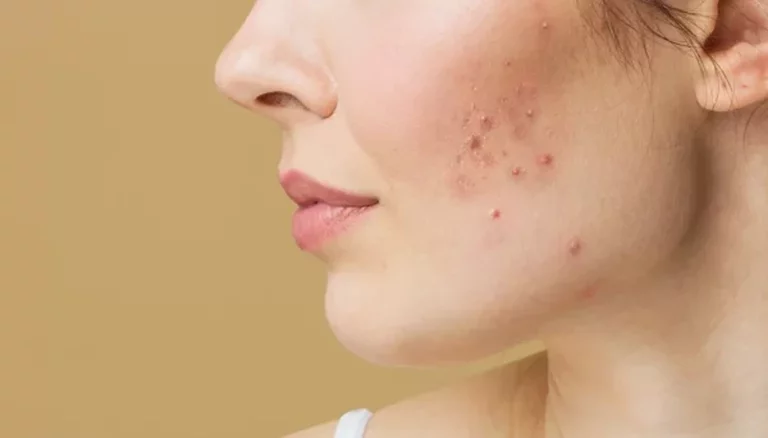
Use of PRP in Reducing the Effects of Scarring
Facial scarring can adversely affect the appearance, tone, and texture of your skin. While the skin can heal scars on…
Read More
Can You Drink Alcohol After PRP Injection?
Anyone suffering from hair loss or looking for a non-surgical option to treat joint pain can benefit from platelet rich…
Read More
When Can You Start Walking After PRP Injection?
One of the least invasive treatments for joint pain and sports injury is platelet rich plasma therapy. Unlike surgical procedures,…
Read More
What to Know About PRP Treatments for Breast Augmentation
The blood platelets have many important functions in the body and one of them is stimulating tissue healing and regeneration.…
Read More
Is Swelling Normal After PRP Injections to the Face?
Before undergoing any cosmetic treatment, it’s important to research the different side effects that you should expect. With platelet rich…
Read More
What Not to Do Before PRP Injection
More people are getting platelet-rich plasma (PRP) injections for a variety of reasons, including facial aesthetics, joint pain, and more.…
Read More
When Can I Wash My Face After PRP Microneedling?
Microneedling with PRP is one of the most common procedures to help reinvigorate the appearance of the skin. Also known…
Read More
Side Effects of PRP Facial Treatments
With the prominence of platelet-rich plasma (PRP) injections in recent years, it’s no wonder many people are looking into them…
Read More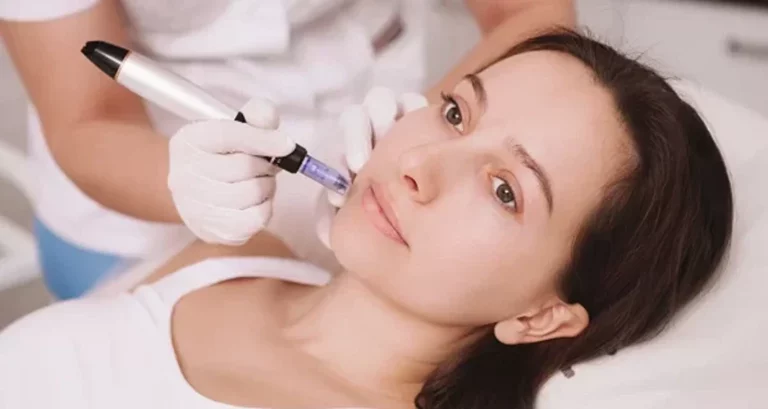
Microneedling Without PRP vs With PRP: Which is Better?
Microneedling is a popular procedure for rejuvenating the skin and enhancing a person’s appearance. Similarly, platelet-rich plasma (PRP) therapy is…
Read More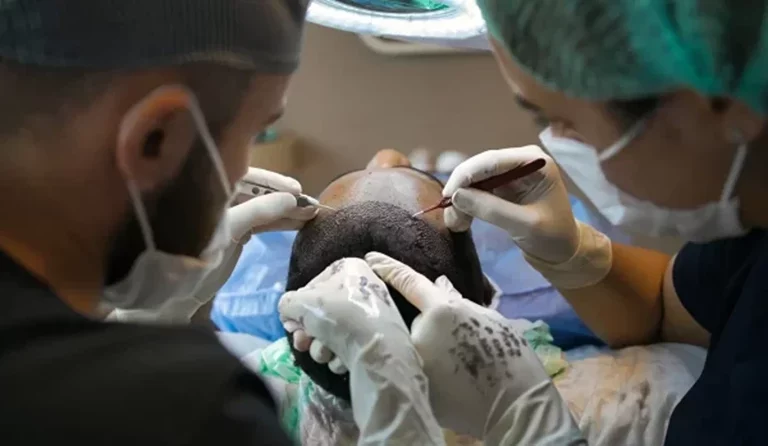
PRP vs Hair Transplant: Which Gives Better Results?
Platelet-rich plasma (PRP) injections are becoming a popular alternative hair treatment to hair transplantation. The use of the body’s own…
Read More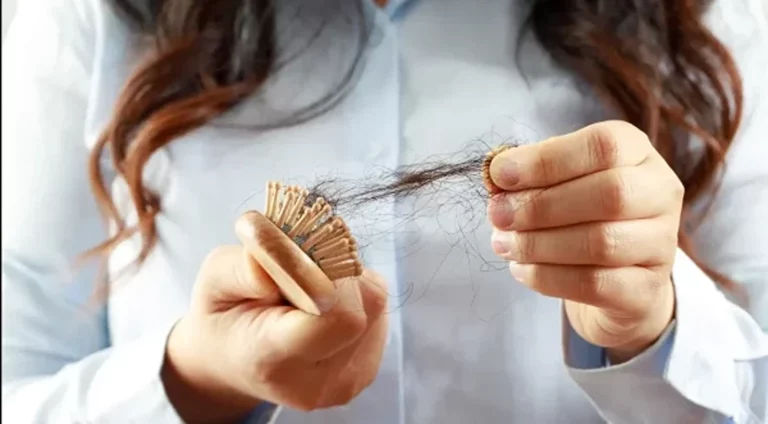
Exosomes vs PRP for Hair Loss: Which is Better?
Hair loss is an unfortunate condition that many adults deal with everyday. Genetics, lifestyle habits, and environmental factors all impact…
Read More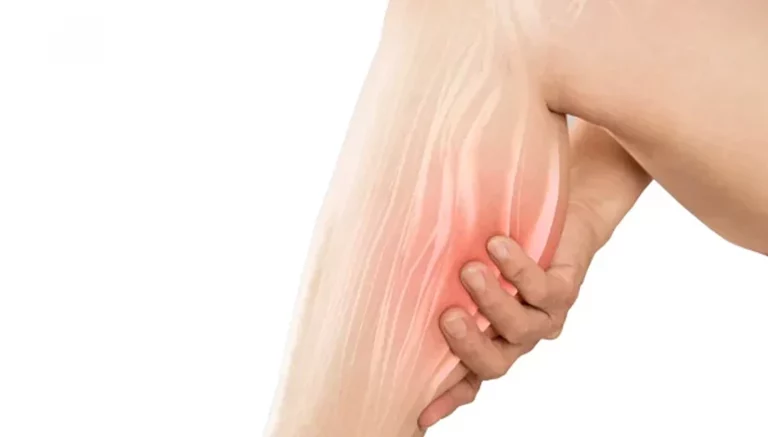
PRP vs Prolotherapy: Which is Better?
More and more people are suffering from ailments like arthritis, tendonitis, and muscle strains. The use of platelet-rich plasma (PRP)…
Read More
Who Can Perform PRP Injections?
Platelet-rich plasma (PRP) injections have grown in popularity over the past couple of years. With PRP injections showing a lot…
Read More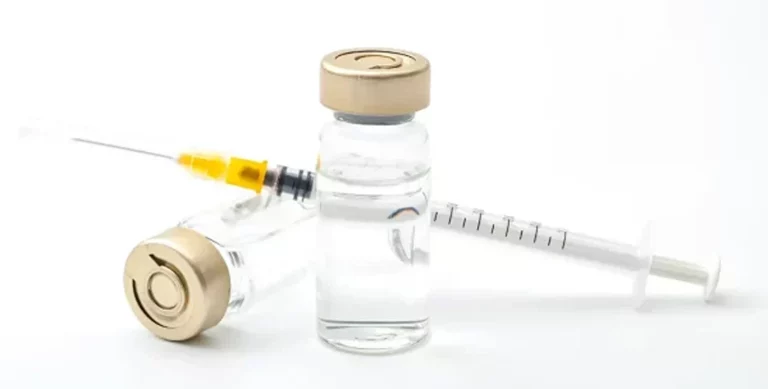
PRP VS Botox: Which is The Better Anti-Ageing Treatment?
When it comes to facial rejuvenation and skin tightening procedures, platelet rich plasma treatment and Botox injections are easily some…
Read More
Platelet-Rich Plasma for Treating Erectile Dysfunction: How It Works, Its Benefits, Research, and Side Effects
Platelet-rich plasma therapy has been growing in popularity as an experimental alternative treatment option for a variety of diseases and…
Read More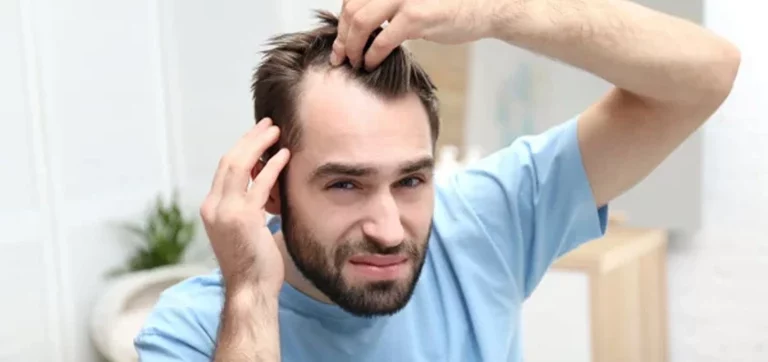
Will PRP Reverse Miniaturized Hair?
Miniaturized hair is a hallmark of androgenetic alopecia that's a telltale sign of impending baldness. When all of the follicular…
Read More
Can I Get PRP Hair Treatment While On Prednisone?
For many people, prednisone is a life-saving medication that's essential to help them live normal and healthy lives. However, the…
Read More
When Is It Safe to Dye My Hair After PRP Treatments?
PRP injections for hair restoration have seen a steady rise in users, especially since it's a non-invasive treatment for hair…
Read More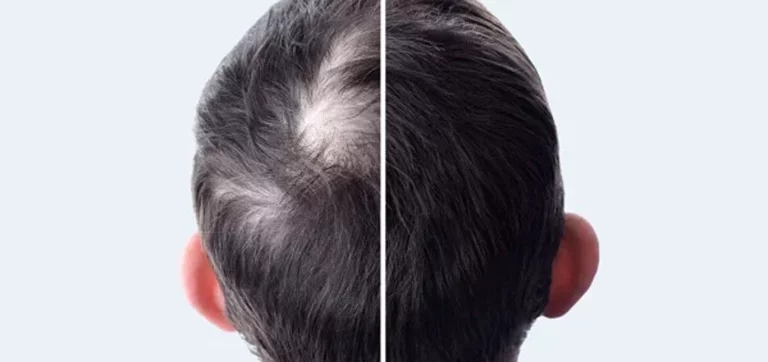
PRP Injections After Hair Transplant: When to Have Them and Why
A hair transplant procedure is a solution for many types of hair loss where your doctor will surgically fill your…
Read More
PRP with Stem Cells for Hair Loss: What It Is, Procedure, and Effectivity
Platelet-rich plasma therapy is one of the treatments for hair loss most patients are confident with. It's minimally invasive and…
Read More
Does PRP Make Hair Thicker?
Platelet-rich plasma treatments have proven to be a welcome alternative to harsh chemicals and other invasive methods for hair regrowth.…
Read More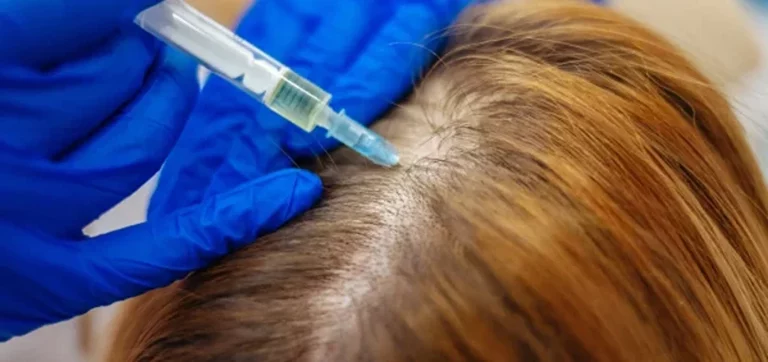
PRP VS. PRF for Hair Loss: Which is the Better Treatment?
Platelet-rich plasma and platelet-rich fibrin are some of the most effective non-surgical hair restoration treatments. Both of these injectable solutions…
Read More
Are the Results from PRP for Hair Treatment Permanent?
Platelet-rich plasma is a non-surgical hair loss treatment involving injections of growth factors into your scalp to nourish every hair…
Read More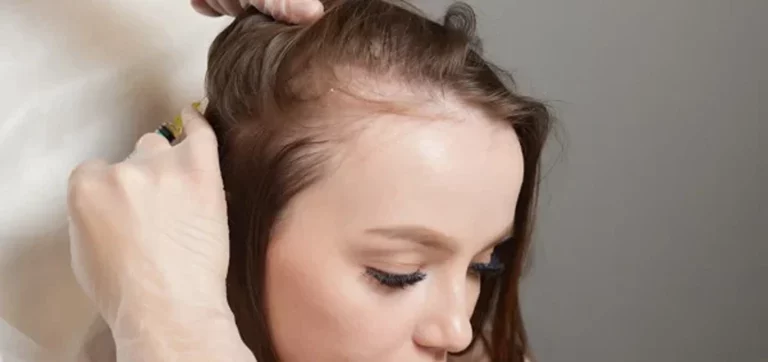
How Many PRP Treatments are Needed for Hair Growth?
Platelet-rich plasma therapy is an experimental hair treatment that's still undergoing extensive research regarding its efficacy and safety. As such,…
Read More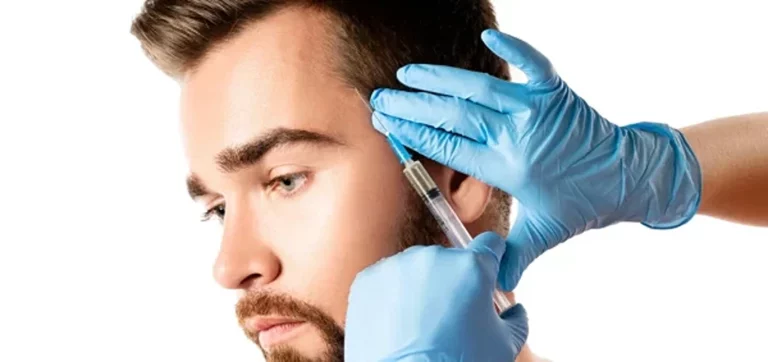
How PRP Thickens and Regrows Hair in Men
Androgenetic alopecia or male pattern baldness is a problem that affects roughly 50% of white men when they reach 50…
Read More
PRP Hair Restoration Therapy vs. Laser Hair Restoration Treatment
With the plethora of hair loss treatments available that claim to be good alternatives to hair transplantation, it's still a…
Read More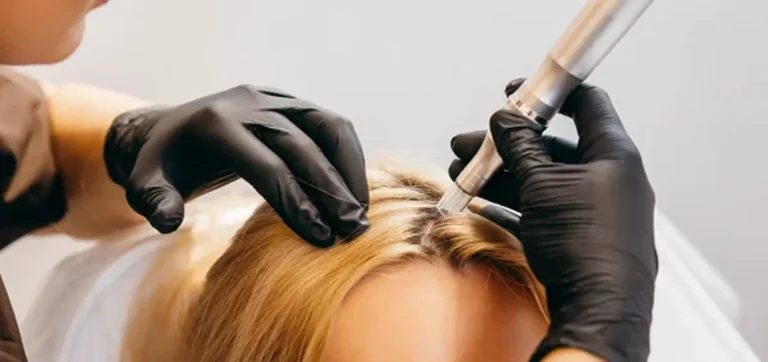
How Does Microneedling with PRP for Hair Loss Work?
Individuals who experience any type of hair loss like that from androgenetic alopecia are looking for effective treatments for hair…
Read More
Can PRP Injections Help Solve Hair Loss From Ciclopirox Olamine Cream?
Taking or applying drugs to our bodies sometimes comes with unwanted side effects. This is because the human body works…
Read More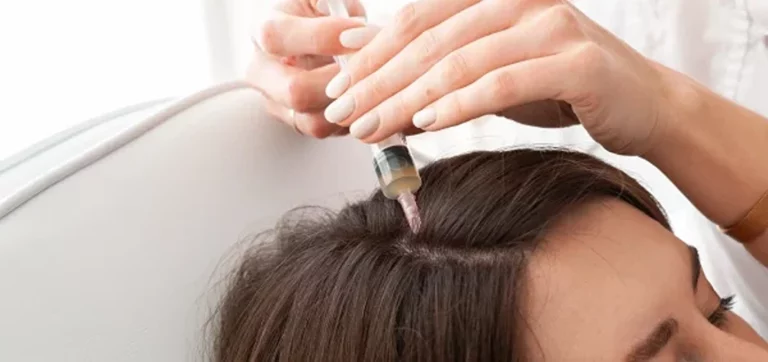
Platelet-Rich Plasma Injections for Hair: Pre- and Post-Care
Pre- and post-care tips are best to be followed to prevent the aggravation of unwanted side effects and to maximize…
Read More
Is PRP Treatment for Hair Loss Approved by FDA?
PRP therapy is a popular minimally invasive treatment that helps hair loss patients regrow their hair naturally without the need…
Read More
Shocking Hair Loss After PRP Treatment: Is it Normal?
PRP therapy is one of the most common hair loss treatments today because it’s a safe and effective solution to…
Read More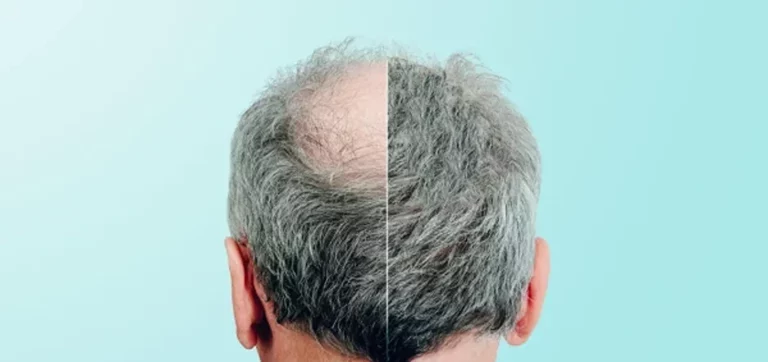
PRP and Hair Transplants: What You Need to Know About Minimally Invasive vs. Surgical Hair Loss Treatments
Hair loss can be treated through a number of solutions ranging from less drastic and non-invasive to invasive surgical procedures.…
Read More
Can I Wash My Hair After PRP Treatment?
PRP therapy is a safe and effective regenerative medicine that’s used in treating a number of medical and cosmetic concerns,…
Read More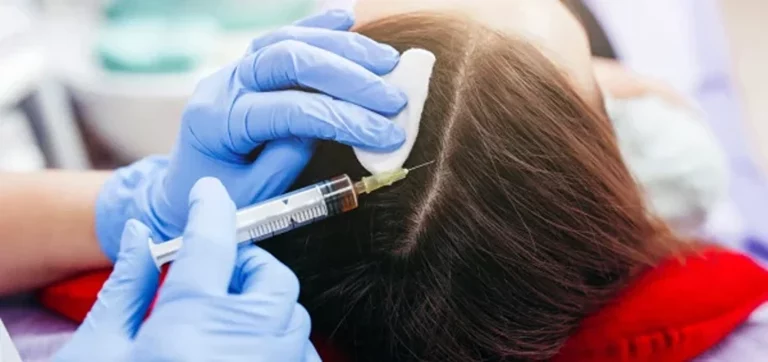
Aftercare Guidelines for Your First Week After PRP Treatments
PRP treatments can be beneficial for promoting hair growth. Considering that one injection alone can cost an average of $400,…
Read More
Does PRP Treatment for Hair Have Side Effects?
Platelet-rich plasma is a revolutionary treatment used for lots of different medical conditions and cosmetic issues, including certain types of…
Read More
What Does the Latest Research on PRP and Hair Growth Suggest?
Not all esthetic treatments provide the same results. This is why it’s essential for you to discuss your options with…
Read More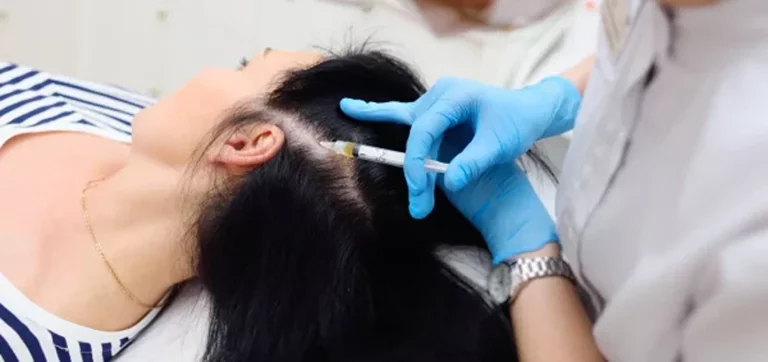
Can You Get Scalp PRP Treatment For Hair Loss If You Have Lupus Hair Loss?
Lupus is an aggressive condition that can often manifest in plenty of symptoms, including hair loss. And while this may…
Read More
Do PRP Injections Restore Darker Hair Color With Hair Growth?
Platelet-rich plasma injections have increasingly been used as a hair loss treatment for many patients, with plenty of promising results…
Read More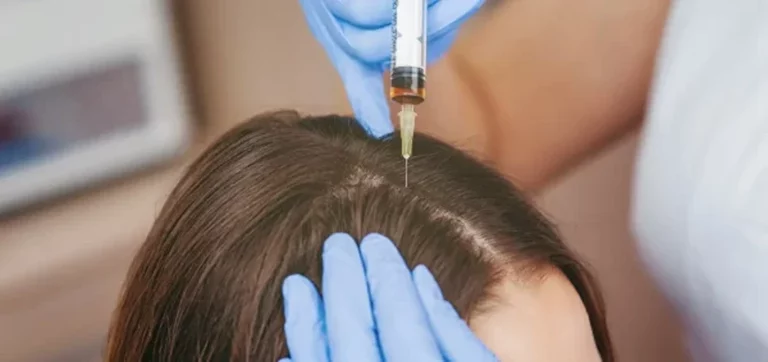
Pre and Post-Care for PRP for Hair Loss
PRP treatments are a possible option for hair loss patients looking to improve the appearance of their hair. By using…
Read More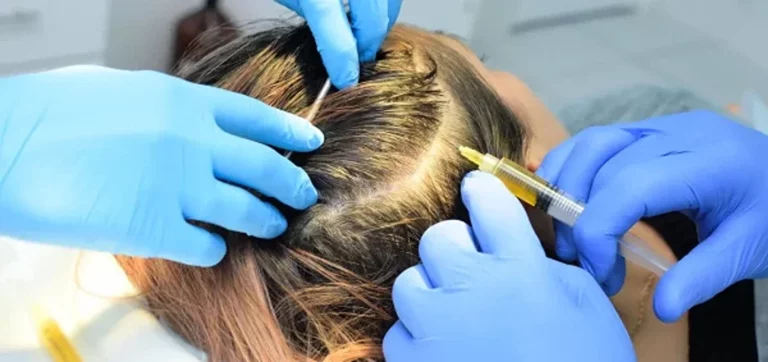
Why Should You Have PRP Therapy for Hair Loss?
Patients suffering from hair thinning and balding have been looking for a better solution for hair loss. While some have…
Read More
What Does Research On Platelet-Rich Plasma Treatments for Hair Loss Say?
With conditions like androgenetic alopecia and other types of hair loss, plenty of research has been done on the possible…
Read More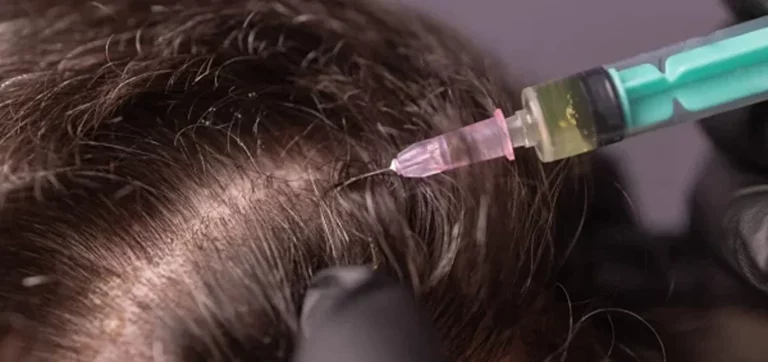
Can You Use a 32-Gauge Needle for PRP Hair Loss Treatment?
Not all patients with androgenic alopecia are willing to get a hair transplant surgery. One treatment that has promising benefits…
Read More
Can There Be Disastrous Results From PRP Hair Treatment?
While platelet-rich plasma treatments have become one of the preferred alternatives for patients who want hair growth and restoration, it…
Read More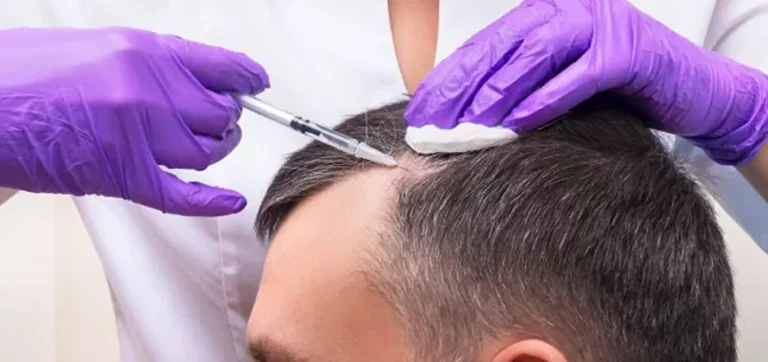
Can You Get PRP Treatment for Receding Hairline?
There are different stages of hair loss and one of the early signs that anyone should look out for is…
Read More
Is PRP Treatment Effective for Hair Loss?
Whether it’s from stress, hormones, age, or genetics, men and women can both struggle with some type of hair loss…
Read More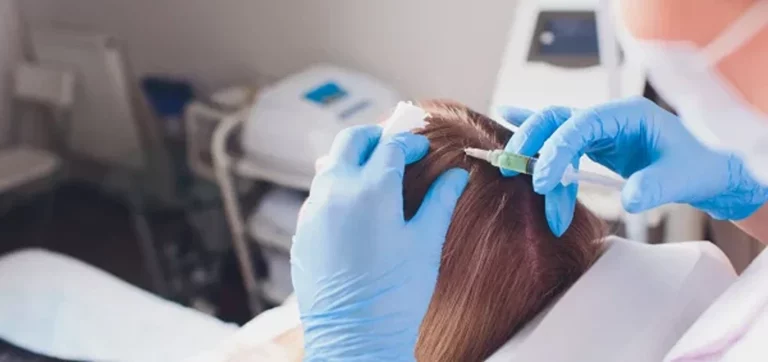
Does PRP for Hair Loss Have Long-Term Effects?
Platelet-rich plasma therapy is an effective hair loss treatment, producing results comparable to those from surgery. It's a minimally-invasive procedure…
Read More
Can I Use PRP for Hair Loss Treatments While Using Piroctone Olamine?
There are several types of hair loss people can go through in their lifetime - and while you can lose…
Read More
What Are The Benefits of PRP Hair Growth for Men?
Men are far more prone to male pattern baldness (or androgenetic alopecia) than women are to female pattern hair loss.…
Read More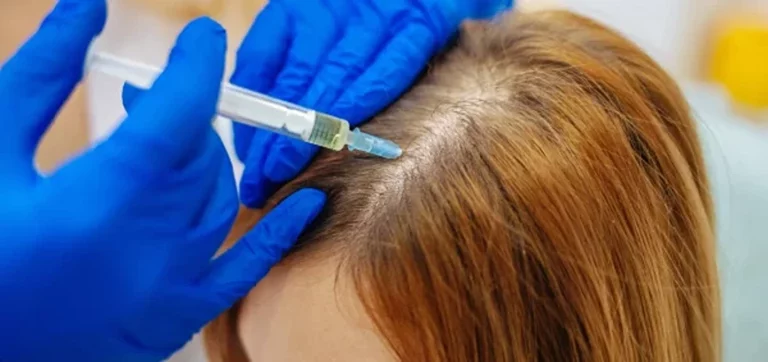
PRP Therapy vs. PRP With Stem Cell: Which is Better for Your Hair?
Many hair loss patients rely on PRP therapy when it comes to restoring the natural length and thickness of their…
Read More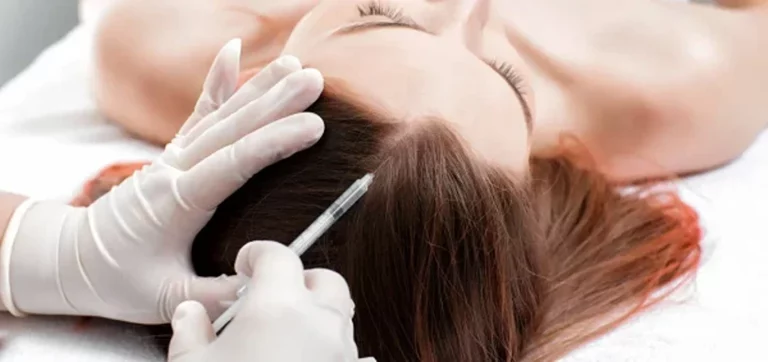
Mesotherapy vs PRP For Hair: Which One Should You Use?
Hair restoration methods have come a long way since the simple use of hair care products - people now have…
Read More
How Does PRP Strengthen Weakening Hair?
Hair growth often aims to address two particular concerns with hair loss patients: hair thinning and overall hair health. While…
Read More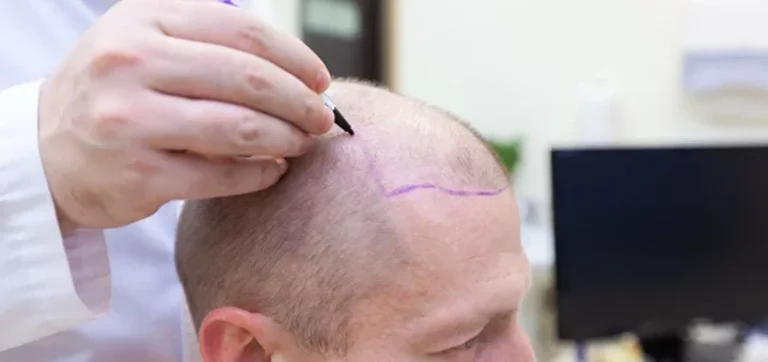
Undergoing PRP During Hair Transplant
Platelet-rich plasma hair treatment is often dubbed as a good alternative for hair transplant surgery in promoting hair growth in…
Read More
Post-PRP Hair Treatment Instructions
Many patients prefer receiving platelet-rich plasma therapy to other hair loss treatments because it involves minimal risks and little to…
Read More
Products You Should Use After Your PRP Hair Treatment
Platelet-rich plasma is an effective treatment for hair loss that boosts the healing process of the hair follicles with its…
Read More
PRP Hair Treatments for Life: Are They a Long-Term Solution?
Platelet-rich plasma (PRP) therapy for hair loss is a popular option for those looking to stimulate hair growth. Using the…
Read More
How Long Do You Have to Wait Until You See Hair Growth Effects from PRP?
Nothing is more frustrating than paying a large sum of money but getting no benefit as a result. Since platelet-rich…
Read More
What to Expect After Your PRP for Hair Loss Treatment
Trying out a new treatment for hair loss can be met with great anxiety and hesitations from patients, and despite…
Read More
Is Platelet-Rich Plasma Effective in Restoring Your Hair?
Seeing a noticeable hair loss over time brings worry and loss of confidence to those who experience them. With that,…
Read More
What Are The Side Effects from PRP Injections for Hair Loss?
Platelet-rich plasma therapy is one of the most celebrated treatments for hair loss because of its radical ways of growing…
Read More
Will You Receive Lidocaine During PRP Hair Treatment?
Platelet-rich plasma therapy is one of the most effective treatment options for male and female pattern hair loss, involving injections…
Read More
Will Effects of PRP Injections for Hair Treatment Show Immediately?
Platelet-rich plasma therapy is one of the treatments for hair loss that has been widely recognized to produce positive effects.…
Read More
How Many PRP Treatments Would You Need for Hair Loss?
Platelet-rich plasma therapy is an effective treatment for hair loss where patients only receive injections of growth factors into their…
Read More
Is Microneedling with PRP for Hair Loss Worth It?
Microneedling and platelet-rich plasma therapy are two of the most popular treatments for hair loss. Microneedling involves creating small wounds…
Read More
Can You Color Your Hair After PRP Hair Treatment?
Platelet-rich plasma therapy is one of the popular treatments for hair loss today, where patients will only receive injections of…
Read More
Does PRP Make Hair Grow Without Transplantation?
With the many types of hair loss that affect millions of men and women around the world, cosmetic and medical…
Read More
Can Your Hair Get Thin Again After PRP Treatment for Hair Loss?
Most patients suffering from hair thinning become wary about trying different hair loss treatments – they worry that any procedure…
Read MoreWhy Patients With a History of Drug Abuse Can’t Receive PRP for Hair Treatment
Platelet-rich plasma (PRP) therapy is one of the popular treatments for hair loss because of its radical ways to stimulate…
Read More
PRP Injections for Hair Loss From Thyroid Conditions
Thyroid conditions like hypothyroidism and hyperthyroidism can cause plenty of negative effects on the body, but one of the most…
Read More
Sjogren’s Syndrome Hair Loss and PRP Injection
Sjogren's syndrome is an autoimmune disease that can manifest plenty of symptoms, up to and including hair loss. Commonly occurring…
Read More
Are The Results for PRP Hair Loss Therapy Guaranteed?
Platelet-rich plasma injections have steadily risen in popularity as a non-invasive treatment for many medical and cosmetic procedures. By getting…
Read More
How to Get the Most Out of PRP Hair Treatments
PRP injections have become a more common procedure to treat a variety of medical and cosmetic concerns, as it's a…
Read More
Can PRP Treatments for Hair Loss Work While On Accutane?
Accutane is one of the most reliable treatments for cases of severe acne, though recently it's seen a surge in…
Read More
Platelet-Rich Plasma Therapy For Thinning Hair
Platelet-rich plasma therapy has quickly risen in popularity as a general-purpose treatment for a variety of medical and cosmetic conditions,…
Read More
What Are the Best Foods to Eat Before and After Your PRP Hair Treatment?
Platelet-rich plasma therapy is a popular treatment used to stimulate hair growth for those experiencing hair loss conditions like androgenetic…
Read More
Is There Scientific Research Supporting PRP Treatment And Hair Growth?
Science has indeed brought innovations that bring comfort to our lives, including in the area of medicine. However, we should…
Read More
Does PRP Hair Treatment Leave Any Scars?
PRP therapy is an excellent option for patients with hair loss who want to stimulate sparse hair growth. With the…
Read More
Should I Shampoo My Hair Before PRP Treatment?
PRP treatments can help improve the appearance of thinning hair. Through the natural healing process of your platelet-rich plasma, you…
Read More
PRP vs Hair Transplants: Which Is Better?
There are many ways to treat the signs of hair loss caused by reasons like androgenetic alopecia (male and female…
Read More
How Many Tubes of Blood Are Drawn for PRP Hair Treatments?
Millions of adults in the United States eventually develop some degree of hair loss. There are a number of reasons…
Read More
Growth Phase Timeline for PRP Injections on Hair Growth
Despite the effectiveness of platelet-rich plasma treatments, it's quite worrisome if you aren't seeing the results that you're promised to…
Read More
Is PRP Worth It For Androgenetic Hair Loss?
Many treatment options have arisen that facilitate hair regrowth, which brings hope to patients with genetic hair loss disorders like…
Read More
Does Platelet-Rich Plasma Work for Receding Hairline?
With the risks associated with other hair restoration treatments, especially a surgical procedure like hair transplantation, it's no surprise that…
Read More
Will PRP Help If You’ve Always Had Thin Hair?
People who experience thinning of hair have always looked for medical treatments to improve their noticeable hair loss because of…
Read More
How Painful is PRP Injection for Hair Loss?
Platelet-rich plasma injection is one of the safer procedures that doesn't require going under the knife unlike the more traditional…
Read More
Is It Normal To Have Increased Hair Shedding After PRP Treatment?
Platelet-rich plasma therapy is a proven effective treatment for addressing different types of hair loss. It’s considerably a safe hair…
Read More
Can PRP Injections Work On Short Hairs Around The Hairline?
If you’re seeing patches of finer and lightly pigmented hair growing along the hairline, you have what is commonly known…
Read More
Does PRP For Hair Regrowth Have White Cells?
Over the years, platelet-rich plasma therapy has increased in popularity as one of the most promising and effective hair loss…
Read More
Are PRP Shots Worth It For Hair Transplant?
Anyone who’s struggling with the different forms of alopecia or excessive thinning of scalp hair can greatly benefit from a…
Read More
A Guide To PRP Hair Treatment For Male Pattern Baldness
Male pattern baldness is the most common type of hair loss that burdens the majority of adult men. It causes…
Read More
Is PRP and ACell A Good Treatment For Hair Loss?
For years, platelet-rich plasma injections have been used to help heal torn tendons and joint injuries. But more recently, many…
Read More
Can Platelet-Rich Plasma Injection Protect Hair From Humidity?
Frizzy hair has always been an adversary of most women, so much that taming it turned into a multimillion-dollar enterprise.…
Read More
PRP Injection vs. Microneedling with PRP for Hair – Which is Better?
With all the cosmetic procedures available in the market for hair loss issues, it can really be quite overwhelming to…
Read More
What Are The Benefits of PRP Hair Restoration?
With the advancements in the medical and cosmetic industry, various innovative treatments for hair loss have emerged. One popular procedure…
Read More
PRP Therapy for PCOS Hair Loss: How Does It Work?
Polycystic ovary syndrome (or PCOS) is a hormonal disorder that causes women to experience a range of symptoms like irregular…
Read More
How Long Should You Wait After Cortisone Injections To Get PRP Injections?
There’s a high demand for pain relief injections like cortisone medication and platelet-rich plasma therapy among patients with chronic joint…
Read More
When Can You Relax Your Hair After PRP Treatment?
Platelet-rich plasma (PRP) therapy is one of the revolutionary solutions for promoting hair growth. With the discovery of another treatment…
Read More
PRP for Hair Loss: Methods and Frequency of Injection
Hair loss is a common problem among men and women. Many treatments of varying effectiveness have already been discovered. platelet-rich…
Read More
How Long Can You Go Until Next PRP Hair Restoration Shots?
Platelet-rich plasma therapy is one of the popular treatments for hair loss. This procedure involves injecting growth factors into the…
Read More
What Happens If You Stop PRP Hair Treatment?
Platelet-rich plasma therapy has been one of the most popular hair loss treatments because of its radical ways of hair…
Read More
How Long Does PRP Hair Injections Take To See Results?
Hair loss can occur for a number of reasons. From genetic conditions like androgenic alopecia to dormant hair follicles, hair…
Read More
Why You Get Only One PRP Injection with PureSpin PRP for Hair Growth
Platelet-rich plasma therapy is one of the alternative treatments for hair loss and hair thinning today because of its radical…
Read More
Who Is the Ideal Candidate for PRP Hair Treatment?
There are many treatments available to manage the effects of hair loss. For those experiencing hair loss due to androgenic…
Read More
Platelet-Rich Plasma for Hair Loss, Drug Abuse, and More: What PRP Can Do for You
Thanks to advancements in science and medicine, you’ll find plenty of products like drugs and topical products that can enhance…
Read More
Studies on Effectiveness of PRP for Hair Regrowth
Platelet-rich plasma or PRP is frequently used in both medical and cosmetic practices as a safe and natural way to…
Read More
Platelet-Rich Plasma for Hair Loss by Non-Doctors: Is It Safe?
Thanks to the latest trends and products available, you’ll find plenty of DIY aesthetic products on the market that promise…
Read More
How Effective Are PRP Hair Replacements Treatments for Women?
While hair loss is seen more often in men, hair loss or androgenic alopecia is also quite a common issue…
Read More
How Often Do People Lose Hair After PRP Treatment?
Starting a new treatment for hair loss isn’t without doubts and anxiety, no matter how many positive results the procedure…
Read More
How Far Apart Should Your PRP Hair Treatment Sessions Be?
Platelet-rich plasma therapy is a form of regenerative medicine where a concentration of platelets is injected into targeted areas of…
Read More
What To Expect From PRP Hair Treatment After Hair Transplant
After receiving hair transplant surgery, many people may be expecting hair regrowth to occur instantly though that is not the…
Read More
Should Buffy Coat Be Included For PRP Injections For Hair Loss?
PRP injections have been used as an effective hair loss treatment for a few years now. With the platelet-rich plasma…
Read More
Will Platelet-Rich Plasma Hair Treatment Work for African American Women?
Platelet-rich plasma or PRP therapy has been gaining popularity for its benefits in treating hair loss for the past few…
Read More
Should You Wash Your Hair to Prepare PRP for Hair Loss?
PRP, or platelet-rich plasma treatments, have risen in popularity as a treatment for hair loss thanks to their effectiveness and…
Read More
PRP for Hair Loss vs Hormone Replacement Treatments: Which is Better?
With hair loss being a concern of many members of the population, it's not surprising that there are several treatments…
Read More
Does PRP Help If Hair Loss Is Not Due To Family History?
While hair loss is a common concern around the world, its causes can vary from person to person. The most…
Read More
Using PRP With Vivace RF Microneedling For Hair Restoration
Hereditary hair loss and other disorders characterized by hair thinning continue to challenge researchers in the search of a solution.…
Read More
How Long Does It Take To Start Seeing Results From PRP Hair Treatment?
While it may just so happen that you're just getting impatient to see hair growth on areas affected by pattern…
Read More
Does PRP Cause Sexual Side Effects?
One of the components of successful intimate relationships is a good sexual experience rooted in sexual wellness. However, problems arise…
Read More
Is PRP Injection For Sexual Enhancement Safe?
Decreased confidence and sexual satisfaction may ensue when you or your partner feel pain during sex or exhibit a decrease…
Read More
Can Platelet Rich Plasma Help With Sexual Rejuvenation For Women?
Platelet-rich plasma therapy is an advanced treatment that can address a variety of cosmetic and medical conditions. Some of its…
Read More
Does The Cartilage Reattach To The Bone With PRP?
Many individuals looking for effective treatment options for improving their damaged tissues consider platelet-rich plasma treatment as their only hope.…
Read More
Shoulder Arthroplasty, Autologous Stem Cells, PRP, And Viscosupplementation – What’s The Best For Osteoarthritis?
Regenerative medicine therapies are often regarded as alternative methods to surgical procedures when it comes to managing disorders like osteoarthritis.…
Read More
What’s The Difference Between Dermal Fillers and Microneedling with PRP For Upper Lip Lines?
The appearance of upper lip lines and wrinkles is one of the most common concerns of women. One reason why…
Read More
How Many Times Can You Have A PRP Injection To Repair A Meniscus?
Athletes and anyone who particularly engages in high-intensity activities that involve repetitive pivoting are at risk for meniscal injuries. Since…
Read More
PRP Topical and Injections: Differences and Benefits For Skin Repair and Enhancement
Anyone who’s struggling with facial wrinkles, fine lines, and dull complexion can benefit from the skin repairing and collagen-stimulating effects…
Read More
Do Plastic Surgeons Do PRP For Hair Loss?
Hair restoration has long challenged experts worldwide. To address this issue, many treatments have been developed; however, choosing the right…
Read More
What Are The Adverse Effects Of PRP Injections To The Joint?
Platelet-rich plasma therapy is a promising treatment that can address a wide variety of medical conditions. It’s particularly being used…
Read More
Should I Apply Aloe Vera After PRP Injections With Microneedling?
Microneedling with PRP injections offer the advantage of being a non-invasive option for skin rejuvenation. But even if this cosmetic…
Read More
Who Are the Best Candidates for PRP Injections for Hair Loss?
Hair loss can happen to adults for various reasons. While some of these causes are preventable, others cases can be…
Read More
How Much Blood Do You Need for One PRP Treatment for Hair?
There are a number of ways to treat the effects of male and female hair loss. But because various types…
Read More
Stem Cell, Hyaluronic Acid, Synvisc, PRP Treatment: Which Works For Knee Osteoarthritis?
Osteoarthritis of the knee is one of the most common degenerative disorders that patients over the age of 45 report…
Read More
Prolotherapy To Platelet-Rich Plasma Treatments for Occipital Neuralgia
Occipital neuralgia is a little-known but surprisingly common condition that causes severe headaches. While it’s far from a life-threatening condition…
Read More
PRP Injection Treatment vs Stem Cell Treatments
Platelet-rich plasma injections and stem cell therapy have both seen an increase in popularity as an alternative for otherwise invasive…
Read More
Can Platelet Rich Plasma Injection Work For Avascular Necrosis Of The Hip?
If left untreated, avascular necrosis can lead to serious complications and severely impact your quality of life, and most of…
Read More
Are Hydrolyzed Collagen Peptides Good For The Hair?
Consumers prefer products that have multiple benefits over those with a single benefit, to avoid using so many products at…
Read More
Who Are the Best Candidates for PRP Injections for Hair Loss?
Hair loss can happen to adults for various reasons. While some of these causes are preventable, others can be harder…
Read More
What Are The Best Collagen Peptides Powders Available Today?
People who are looking to have glowing and youthful skin can greatly benefit from collagen supplements and treatments. This natural…
Read More
What are Vegan Collagen Peptides?
The body's natural collagen production declines with age, which affects bone health, causes joint pain and leaves the skin prone…
Read More
Reviews on the Best Collagen Peptides Supplements
As we get older, the collagen production in our body starts to decline. The good thing is we can still…
Read More
What are the Side Effects of Collagen Peptides?
Collagen is the body's most abundant protein, which may be found in the skin, tendons, bones, and other connective tissues…
Read More
Best Collagen Peptides Powder
Collagen supplements have gained popularity due to their supposed anti-aging benefits through improving skin health and skin elasticity. Included in…
Read More
What Are The Benefits of Collagen Peptides?
Collagen is a protein found in the skin, joints, cartilage, and other connective tissues in the body, making it the…
Read More
Is Exosome Therapy Effective For Hair Loss? What Reviews Say
Hair loss is one of the leading cosmetic problems experienced by both men and women. Current available treatments that promote…
Read More
Are Collagen Peptides Good for You?
Collagen peptides are tiny proteins derived from collagen used for the structural support of human hair and skin health. Due…
Read More
Results Of Exosome Hair Therapy
Advancements in technology have helped expand the treatment options for androgenic alopecia and other forms of progressive hair loss. From…
Read More
Side Effects Of Exosome Hair Therapy
Medical treatments for human body disorders are continuously being improved and discovered to improve the quality of life of patients…
Read More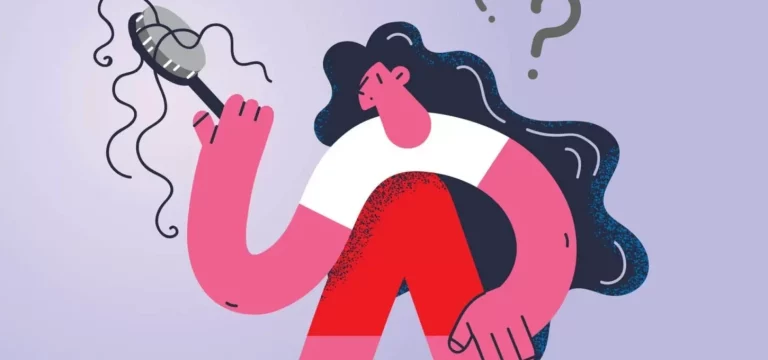
What To Expect In Exosome Treatment For Hair Loss
Progressive hair loss is one of the cosmetic problems that researchers are still looking for solutions to. Options for hair…
Read More
Hydrolyzed Collagen Peptides As Natural Treatment For Healthy Hair
The demand for being closer to nature has shifted the focus of hair care products in incorporating natural products in…
Read More
Collagen Peptide Hair Follicle Activation
Before your hair can grow, your hair follicle must be in its active stages of the adult hair growth cycle.…
Read More
Can Collagen Peptides Cause Hair Loss?
Collagen peptides are naturally occurring structural proteins found in your body that aid in skin and hair health. They help…
Read More
Can You Still Do PRP Injections If Your White Blood Cell Count Is Low?
Platelet-rich plasma therapy is a type of regenerative medicine derived from a person's own blood. It has found a wide…
Read More
Platelet-Rich Plasma: Growth Factors and Pro and Anti-Inflammatory Properties
Platelet-rich plasma is derived from blood and is known to boost wound healing and the overall healing process of the…
Read More
How Long Does It Take for Plasma to Dissolve After PRP Facial Injections?
Platelet-rich plasma therapy facials have been rising in popularity and for good reason. Using the anti-aging properties found in your…
Read More
Is PRP Platelet-Rich Plasma A Good Hair Loss Treatment For Radiation Damage?
PRP or platelet-rich plasma treatments are often used to treat joints, ligaments, and tendon injuries but have recently been adapted…
Read More
Where Does Platelet Rich Plasma Come From For PRP Therapy Injections?
Many aesthetic clinicians today are offering platelet-rich plasma therapy as a less invasive procedure for rejuvenating skin and combating hair…
Read More
How To Make A Hair Mask With Collagen Peptides
A good collagen hair mask treatment can do many wonders for your hair whenever it feels dry or damaged. Similar…
Read More
Can Dairy-Free Collagen Peptides Help With Hair Growth?
Taking oral collagen supplements and collagen peptide supplements to boost the collagen level in the body has risen in popularity…
Read More
What To Tell Your Patients About Platelet-Rich Plasma (PRP) Injection
One of the requisites of a patient's informed consent includes the disclosure of information. So whether you're looking to ask…
Read More
Should The Vacuum In The Tubes Be Released Prior To Centrifugation When Preparing PRP?
Autologous platelet-rich plasma is a unique cosmetic treatment which allows the treatment of a wide array of disorders through extraction…
Read More
Does The Addition Of D/P MPs To PRP Result In Better Hair Growth?
Advancements in hair follicle tissue engineering have revolutionized treatment for alopecia. Different hair growth promoters are being introduced that bring…
Read More
Are PRP and Adult Stem Cell Treatments Considered A Holistic Alternative?
Holistic alternative treatments refer to procedures that address a patient’s concern by taking into consideration the entirety of their well-being…
Read More
What’s The Growth Factor Used in PRP to Promote Hair Growth?
With hair loss and pattern baldness being a common cosmetic issue for many people, many different treatments for hair loss…
Read More
Does PRP Injections for Hair Loss Cause A Problem with Scalp Psoriasis?
Scalp psoriasis is a common skin condition caused by excess skin cells rapidly growing and forming red and scaly excessive…
Read More
What Are The First Results You See After Getting PRP Scalp Injections?
Platelet-rich plasma injections (PRP) is a relatively new hair loss treatment that could aid in treating androgenetic alopecia, hereditary hair…
Read More
What Medication Do You Need To Avoid Before Having PRP Injections?
Platelet-rich plasma or PRP therapy is one of the least invasive options for treating certain skin conditions and hair loss…
Read More
How Long Does It Take For The Soreness To Go Away After PRP Treatment For Hair Loss?
Platelet-rich plasma (PRP) has given hope to those experiencing androgenic alopecia because of its capacity to aid in hair regrowth.…
Read More
Is It Normal To Get More Wrinkles After Microneedling With A PRP Facial?
Microneedling and PRP facial treatments have become one of the best combinations anyone can get when it comes to collagen…
Read More
What Is The Difference Between Autologous Blood Injection And Platelet-Rich Plasma Injection?
While they're extremely effective at helping speed up wound healing and aiding physical therapy, most traditional treatments of sports injuries…
Read More
Can You Expect Good Results After One PRP Hair Injection If You Have Thinning Hair?
Hair restoration treatments have drastically improved in the past few decades - both male and female pattern hair loss can…
Read More
Is Heparin A Good Anticoagulant For Platelet-Rich Plasma Treatments?
Platelet-rich plasma treatment requires extensive preparation to get right since only the purest PRP samples can reach the activation status…
Read More
How Soon Can You Get A PRP Injection After A Cortisone Injection?
Getting a cortisone shot has been one of the most popular ways to provide pain relief for knee pain or…
Read More
Can You Use a Derma Roller While Getting Laser Skin Tightening?
Laser treatments like laser skin tightening have been helping thousands of patients tighten loose and crepey skin. But for patients…
Read More
Can I Use Derma Roller and Red Light Therapy at the Same Time?
LED light therapy has been slowly gaining popularity among different patients because of its versatility in fighting several skin issues,…
Read More
What Is The Best Serum To Use With A Derma Roller?
Derma rollers have become a staple of many people's skincare routine since it's easy to use on yourself and doesn't…
Read More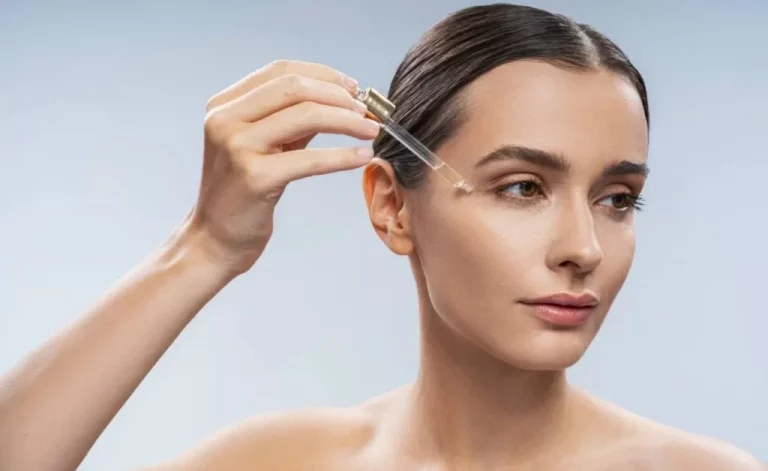
Can You Use Vitamin C Serum With A Derma Roller?
Using a skin serum after a derma roller skin treatment is one of the easiest cosmetic treatments you can perform…
Read More
Why Are Vitamin A Supplements Good for Your Hair?
A healthy head of hair can improve anyone’s appearance. Healthy hair is free of flakes, strong, and has sufficient moisture…
Read More
Why Does Too Much Vitamin A Cause Hair Loss?
Many vitamins, minerals, and other nutrients can contribute to healthier hair. Bodily functions like collagen, keratin, and sebum production, as…
Read More
What Does Vitamin A Do for Hair?
The latest beauty trends highlight naturally healthy features. This includes a head of soft and healthy hair that’s free of…
Read More
What Does Vitamin C Do for Your Hair?
No matter how you style your hair, you need a head of healthy and hydrated hair to produce the best…
Read More
How to Use Vitamin C Serum for Your Hair
The best hair care products work by keeping your hair healthy. With healthy hair that’s strong and hydrated, it becomes…
Read More
How Much Vitamin D Should I Take for Hair Loss?
Vitamin D is an essential nutrient that plays important roles in your body. These include immunity, cell growth, and regulating…
Read More
How Long Does It Take Vitamin D To Help Hair Growth?
Vitamin D is one of the famously known beauty vitamins that is said to have many benefits for good skin…
Read More
How Does Vitamin D Affect Hair?
Vitamin deficiencies don’t only cause health-related issues but can also lead to poor skin health and beauty problems. One of…
Read More
What Does Vitamin E Do For Hair?
Many natural supplements and vitamins have been getting a lot of attention in beauty circles. However, vitamin E stands out…
Read More
How To Apply Vitamin E Oil To Hair
No one wants to live with dry, damaged, and frizzy hair. And while people can use hair care products and…
Read More
Do People Actually Grow Hair When Using Vitamin E?
Hair loss has been a persistent problem for many people around the world, especially women. One thing that makes it…
Read More
What is the Best Dose of Biotin for Hair Growth?
Hair loss is a common problem that comes with aging. Since biotin deficiency is one of the possible reasons why…
Read More
What Foods Have Biotin for Hair Growth?
Biotin is a common ingredient found in hair growth supplements to fight hair loss. But there’s no need to spend…
Read More
What Is Biotin For Hair?
Hair loss is a common problem reported among men and women alike – so it’s no surprise that a plethora…
Read More
Can You Use a Crystal Roller After a Microneedling Derma Roller?
Facial rollers are the latest skincare trend that everyone uses to improve skin texture. Since they’re safe and effective for…
Read More
Can I Use Regenerist Luminous Overnight Mask After Derma Roller?
Derma rolling is a popular skin rejuvenation treatment that even patients can do at home – as long as they…
Read More
Why Some Women Don’t Need Supplements for Healthy Hair
Hair loss is a condition that can affect anyone, regardless of gender or age. While most women have thicker and…
Read More
How Do Males Get Thicker Hair With Supplements?
Receding hairline, visible hair shedding, and hair thinning are some of the problems that concern men with their appearance. While…
Read More
Why Does Testosterone Cause Hair Loss?
No person is really immune to hair loss problems. At some point in life, men and women will experience thinning…
Read More
How to Get Rid of Women’s Facial Hair Permanently With Supplements
Although facial hair is considered attractive in men, it’s not so much a desired feature by women. At-home shaving and…
Read More
Will Collagen Supplements Make My Hair Grow?
When it comes to skincare and beauty products, collagen is the most popular ingredient that one always looks for. This…
Read More
How To Use Green Tea Supplements For Hair Loss
Natural herb supplements like saw palmetto, aloe vera, and rosemary oil are gaining traction as effective hair loss treatments. These…
Read More
How to Use Organic Supplements to Keep Your Hair Naturally Gold
Natural blondes know that caring for their blonde hair can be tricky. Too much sun exposure or chemical use could…
Read More
Will Supplements Strengthen My Kid’s Hair?
Hair relies on the nutrients that you consume to grow strong and healthy. When someone lacks nutrients, a common treatment…
Read More
Hair Supplements: How Soon Are Results Visible?
Hair grows at a notoriously slow rate. On average, hair grows at a rate of about 15 cm or 6…
Read More
How Effective Are Supplements Against Gray Hair?
Growing white hair as you age is a natural part of life. In fact, a study found that about 52%…
Read More
Do Iron Supplements Make Hair Grow Faster?
The rate of hair growth tends to vary per person; on average, hair grows around 15 cm or about 6…
Read More
How Soon Will My Hair Stop Falling After Taking Vitamin D Supplements?
Seeing existing hair strands fall out can be alarming but it’s said that it’s completely normal to experience some level…
Read More
Which Supplements Can Help Stop Hair Fall for Men?
There's a difference between hair fall and hair shedding. People generally shed anywhere from 50-100 hairs per day; any more…
Read More
How Fast Does Your Hair Start Growing After H2G Hair Growth Supplements?
On average, you grow around half an inch of hair every month. This means you can only get around 6…
Read More
Hair Loss After Taking Iron Supplements? Here’s Why That Might Not Be True
Nutritional deficiencies can result in various symptoms because of how the lack of nutrients affects your regular bodily functions. One…
Read More
Is Taking Supplements for Hair Useless?
Dietary supplements are a staple in many people’s diets, especially those with nutritional deficiencies. Vitamins and minerals such as biotin,…
Read More
How Do Biotin Supplements Help Hair?
Many people use dietary supplements to treat their deficiencies and receive benefits naturally provided by vitamins and minerals. These supplements…
Read More
Can I Use A Derma Roller On My Face If I Have Psoriasis On My Legs?
Psoriasis is a condition that can affect almost all parts of the body, especially around the arms and legs. This…
Read More
How Much Biotin Supplements Do You Need for Hair Growth?
Biotin supplements have become a popular beauty supplement for those looking to improve their hair growth. A balanced diet can…
Read More
How Long Do Hair Supplements Take to Work?
Hair growth is a minor inconvenience many people have to face. But it’s a different story if you've had a…
Read More
What Supplements Are Good for Hair and Nails?
Looking your best starts with a healthy foundation. So, before you consider aesthetic services like dyeing your hair or getting…
Read More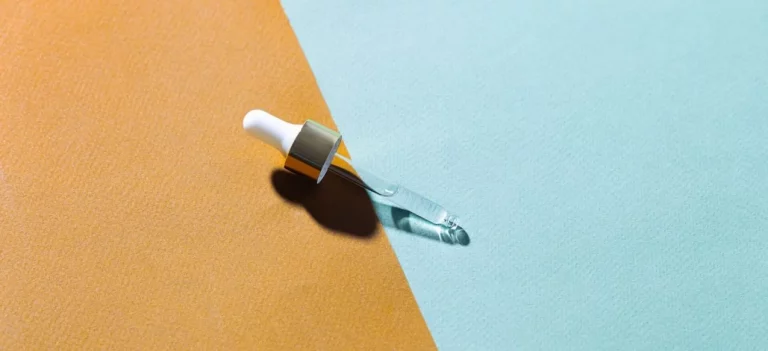
When to Use Hyaluronic Acid Serum Post-Derma Roller Treatment?
The use of a derma roller (or microneedling treatment in general) has been pushed heavily by celebrities and aesthetic specialists…
Read More
Instructions on How to Use a Dr. Pen
Microneedling is a popular skincare treatment that helps treat a multitude of skin conditions like wrinkles, fine lines, dark spots,…
Read More
Will a Dr. Pen Needle Fit In an Eclipse MicroPen?
Microneedling is a non-surgical skin rejuvenation method that helps erase different signs of aging and improve skin tone and texture.…
Read More
Best Serums to Use for At-Home Microneedling
Microneedling is an effective skin rejuvenation session that solves a multitude of skin problems by triggering the body’s production of…
Read More
How Soon Can You Work Out After Using Dr. Pen?
Microneedling is a minimally invasive procedure that restores the skin’s health by creating micro-injuries on its surface and stimulating collagen…
Read More
What’s the Use of Nano Tip Cartridges for Dr. Pen?
Dr. Pen is one of the best at-home microneedling pens that many satisfied patients swear by. What most people love…
Read More
How to Microneedle Acne Scars at Home With Dr. Pen
Acne scars are common skin conditions that are difficult to treat with simple skin care products. It usually takes months…
Read More
How to Use Dr. Pen for At-Home Nasolabial Folds and Jawline Treatments
The Dr. Pen microneedling tool has made it possible for many men and women to experience the benefits of microneedling…
Read More
What Needle Size Is Needed for Dr. Pen Microneedling Pens?
The Dr. Pen line of microneedling pens has rapidly risen as the most popular choice for microneedling procedures at home.…
Read More
When to Use a Facial Brush After Using a Derma Roller?
A facial cleansing brush is an excellent way to prep the skin for further skincare products or to help with…
Read More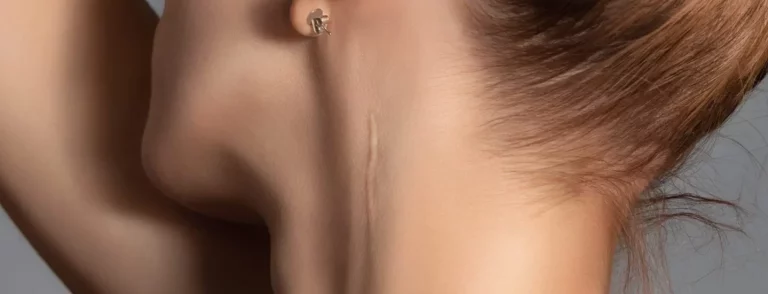
How Soon Can You Use a Derma Roller on a Surgical Scar?
Surgery is a major medical procedure that can take months to recover from. Aside from the effort of healing from…
Read More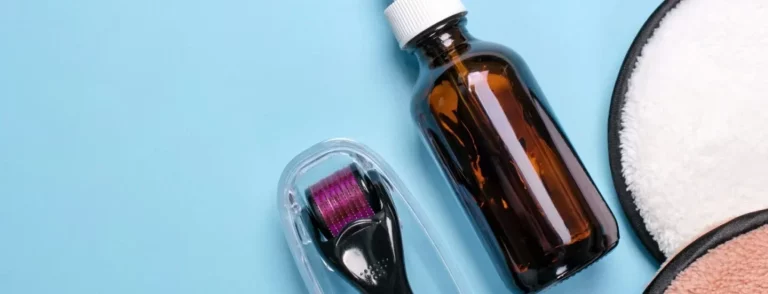
Can Derma Rollers Be Used on the Neck and Chest to Get Rid of Crepey Skin?
Crepey skin occurs when the skin loses skin elasticity or develops wrinkles, usually as a result of aging. While healthy…
Read More
How to Use a Derma Roller at Home with Clay Mud for Hyperpigmentation
Microneedling at home provides its own benefits. From better skin texture to a healthy glow, DIY microneedling with a derma…
Read More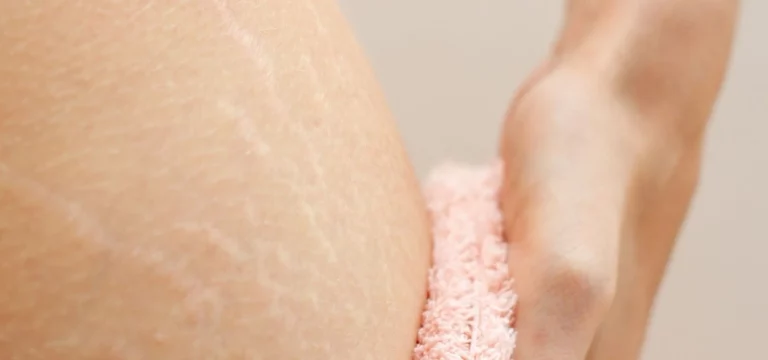
Can I Use a 10mm Derma Roller on Acne Scars, Loose Skin, and Stretch Marks?
If you’re interested in microneedling, you have the option of getting it done yourself at home or having it done…
Read More
Can I Use a Derma Roller and Diamond Microdermabrasion at the Same Time?
There are many skincare products and cosmetic procedures that can improve your appearance by developing better-looking skin. On some occasions,…
Read More
How Long Does Redness Last After Using Derma Rollers?
Microneedling can be a very beneficial beauty treatment, which is why many people use derma rollers, microneedling pens, and other…
Read More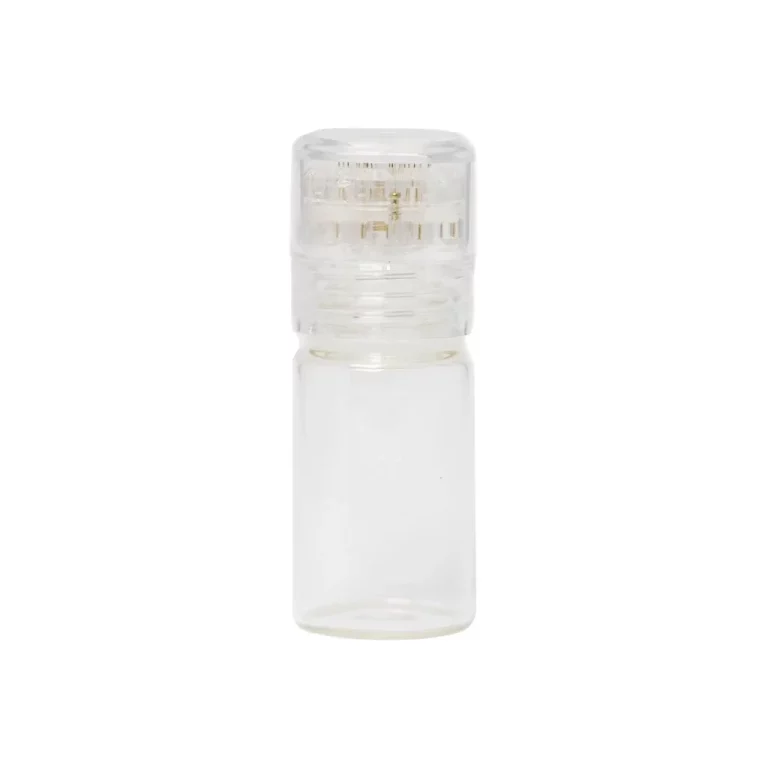
DIY Microneedling: How to Use a Hydra Needle
Microneedling has become a popular treatment for those who want smoother skin and a youthful glow on their face. This…
Read More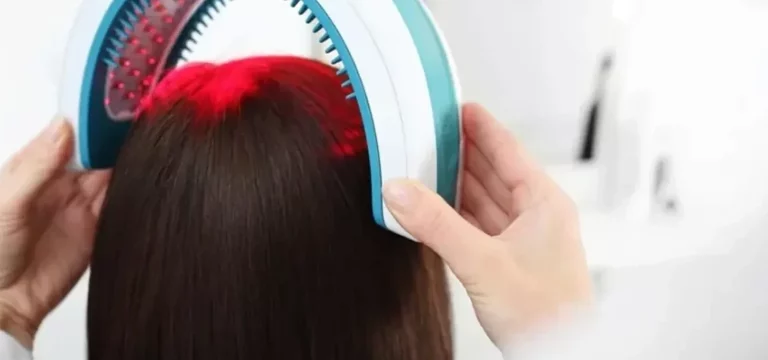
What Are Good Laser Helmet Brands for Hair Growth?
About 1 in 5 American adults experience hair thinning and hair loss. Both men and women experience hair loss for…
Read More
Microneedling vs. Laser Skin Resurfacing: Which is Better for Your Skin?
Microneedling and laser skin resurfacing are two good aesthetic treatments for those looking to get rid of dead skin cells…
Read More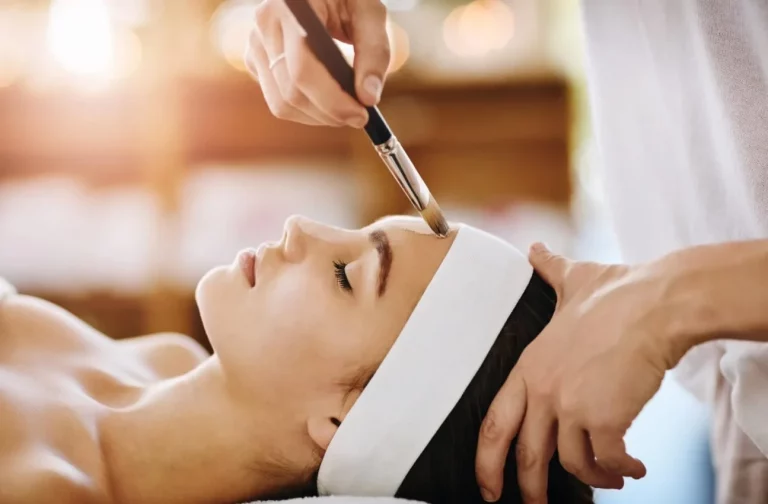
Microneedling vs. Chemical Peel: Which is Better for You??
Two fairly recent skin treatments are gaining popularity for both men and women: microneedling and chemical peels. Both procedures require…
Read More
Hydra Roller vs Other Microneedling Tools: Which Should You Get?
These days, there’s a microneedling product specifically made for nearly every skin problem. However, not all of these are equally…
Read More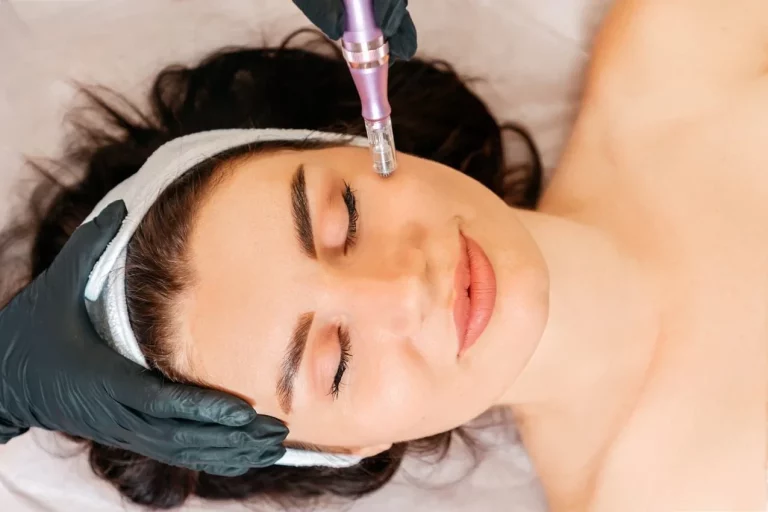
Microneedling vs. Ultherapy: Which Has Better Benefits for Facial Wrinkles Better?
Microneedling and Ultherapy are two cosmetic procedures that can address wrinkles in various stages. However, these two can provide very…
Read More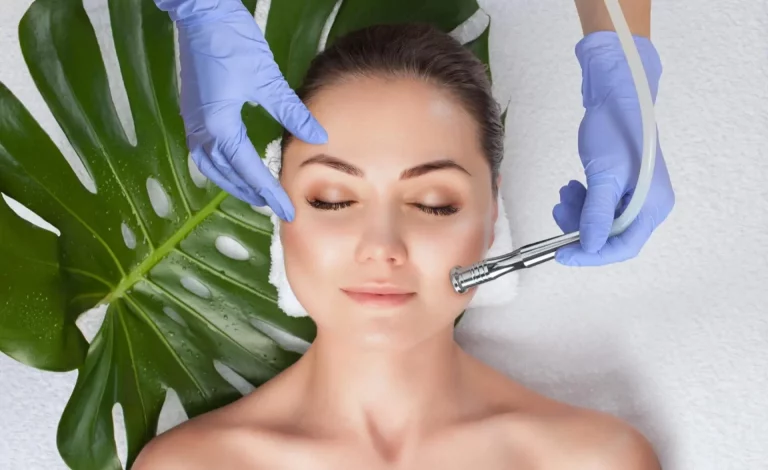
Microneedling vs. Microdermabrasion: What’s the Difference?
One of the reasons your skin may look dull and appear older is because of the presence of dead and…
Read More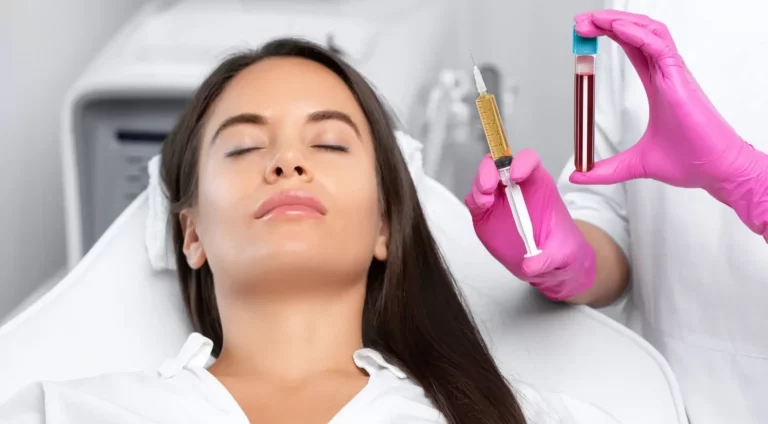
Microneedling vs. PRP: What’s the Better Solution for Healthier Skin?
Science and medicine are helping the cosmetics and skincare industry find ground-breaking ways to achieve healthier, younger-looking skin. Rather than…
Read More
The Best Microneedling Pen
Discover the Top-Rated FDA-Cleared Device for Stunning Skin Rejuvenation & Acne Scar Treatment.The best microneedling pen can make all the…
Read More
What Is the Best At-Home Microneedling Pen?
Microneedling procedures are becoming more popular as people are learning of its benefits. Compared to other cosmetic procedures and products…
Read More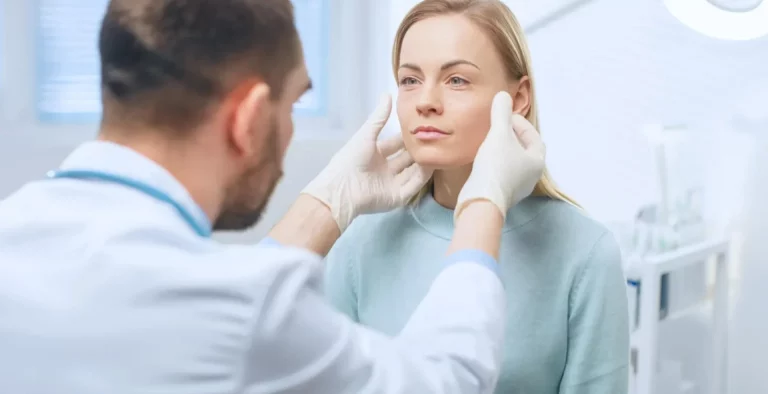
How To Size The Microneedling Pen
Microneedling devices can come in different types, depending on the condition they're supposed to be treating. On average, at-home microneedling…
Read More
How Often Can You Use A Microneedling Pen?
Microneedling treatment has been at the forefront of skincare products in the past years, especially with the introduction of at-home…
Read More
Microneedling Aftercare: Everything You Need To Know
Microneedling treatment has become a normal skincare routine for many people since it can treat cosmetic and medical concerns alike.…
Read More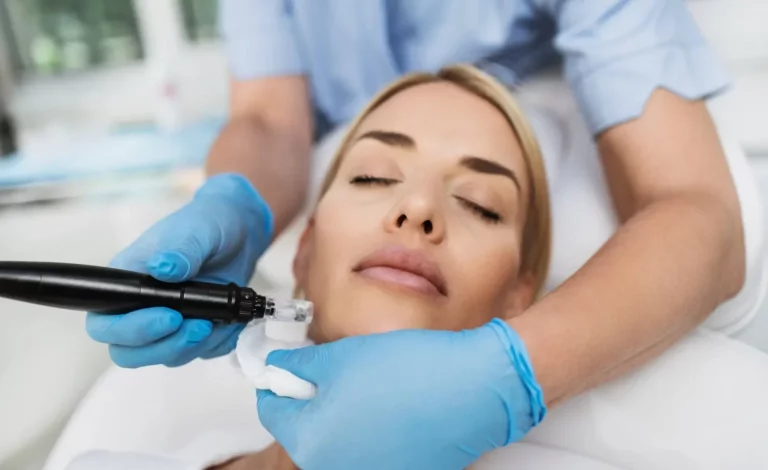
How To Choose A Microneedling Pen
Microneedling pens have quickly taken the center stage as many patients and providers use them as an easy yet reliable…
Read More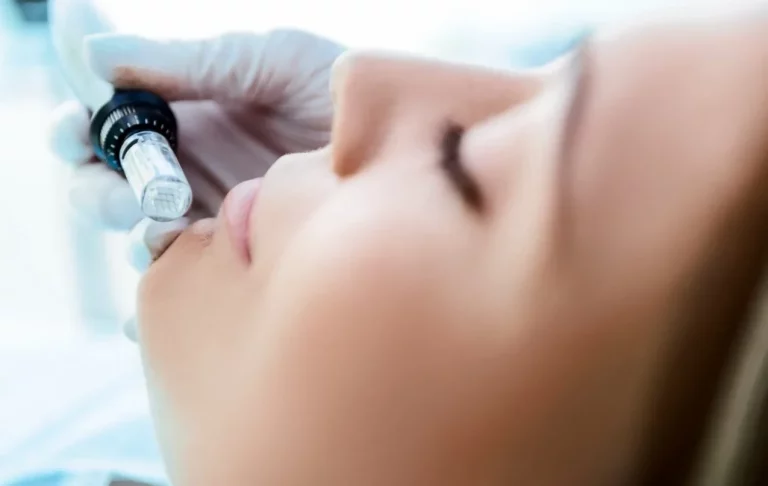
How Does The Microneedling Pen Work?
For patients who are looking for improvements for their skin, a microneedling session has become one of the most popular…
Read More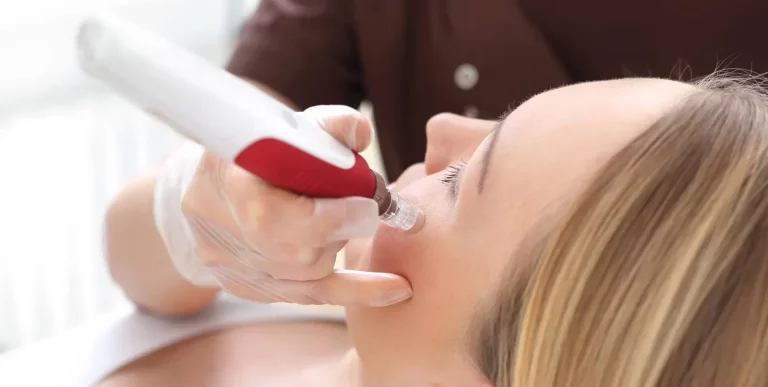
How To Test Your Microneedling Pen To See If It Is Working Well
Microneedles, microneedling pens, and dermal rollers have seen increased popularity as DIY cosmetic procedures that can help diminish the appearance…
Read More
PRP Hair Treatment Side Effects: What To Expect
Most practices have started adding platelet rich plasma therapy to address patient complaints like male pattern baldness and telogen effluvium,…
Read More
What Results Should You Expect From A PRP Hair Treatment?
Hair loss is a common complaint reported by many patients – though fortunately, practices have an array of treatments that…
Read More
Microneedling With PRP For Hair Loss: Is It An Effective Method Of Hair Restoration?
Microneedling is one of the more common skin care procedures used for skin rejuvenation, but it's only recently that it's…
Read More
PRP Stem Cell Treatment: Combining Platelet Rich Plasma And Stem Cell Therapy
Stem cell therapy has been hailed as one of the most advanced breakthroughs in regenerative medicine. While the majority of…
Read More
Should Clinics Start Investing In PRP Hair Treatment For Hair Loss?
Plasma-rich protein therapy has become one of the most effective ways to treat a variety of medical and cosmetic conditions.…
Read More
What Is The Success Rate Of PRP Hair Treatment?
Platelet-rich plasma therapy has rapidly become one of the most sought-after treatments for a variety of medical and cosmetic conditions.…
Read More
Is PRP Hair Treatment A Permanent Solution To Hair Loss?
While there are plenty of ways that a patient can manage hair conditions like a receding hairline or androgenetic alopecia,…
Read More
PRP Hair Loss Treatment Clinical Studies: What The Science Has To Say
While platelet rich plasma treatment has traditionally been the domain of medical conditions and sports medicine, more cosmetic applications for…
Read More
How to Choose PRP Kit Suppliers
Platelet rich plasma therapy is a nonsurgical treatment that is rapidly establishing a name for itself in the field of…
Read More
The BioSafe PRP Kit: The Best Introductory Kit For PRP Treatment?
With the rise of platelet rich plasma treatments, getting the right kind of PRP kit has become the defining factor…
Read More
Can You Do PRP At Home?
For many cosmetic and medical issues, a platelet rich plasma injection seems to be the newest wound healing and skin…
Read More
How Do You Use Centrifuge for PRP Preparation?
Platelet rich plasma (PRP) therapy is a form of regenerative medicine that utilizes autologous platelets for treatment of various medical…
Read More
What Are The Different Types of PRP Therapy?
The human blood is made up of plasma and elements such as the red blood cells, white blood cells, and…
Read More
What Tubes Do You Need For PRP?
Platelet rich plasma therapy has become one of the latest trends to hit cosmetic and medical practices. It's not difficult…
Read More
What Is Included In A PRP Kit?
Getting the concentrated platelet count necessary for platelet activation is the cornerstone of successful PRP treatments. Any platelet poor plasma…
Read More
What Is The Best PRP Kit?
The widely popular platelet rich plasma therapy is a form of regenerative treatment that uses injections of platelet concentrate that…
Read More
Voluma Injection Techniques for a Non-Surgical Facelift
Symmetrical, plump cheeks are the height of attractiveness, as they are a sign of youth, health, and vitality. When people…
Read More
Juvederm Lip Injection Technique For Luscious Lips
The lips are one of the main features that make a face more attractive. Over the last few years, non-surgical…
Read More
Facial Fillers: The Best Dermal Filler Injection Technique To Use
Facial fillers are among the most popular in-office cosmetic treatments today. Although the word ‘filler’ is typically used as a…
Read More
PRF vs PRFM: Is There A Difference?
While they’re primarily known for repairing the body in the event of a serious injury, the regenerative power of platelets…
Read More
What Is the Best Centrifuge for PRP Treatment?
Platelet-rich plasma therapy is rapidly gaining traction as a revolutionary yet simple way to treat a variety of conditions. By…
Read More
What to Look for With PRP Kits for Sale
A proper PRP kit is essential for many cosmetic practices and clinics offering platelet-rich plasma or PRP therapy. While PRP…
Read More
EmCyte vs. Eclipse: Which Is the “Better” PRP Kit?
Platelet-rich plasma treatment has become one of the preferred ways of treating chronic skin and hair conditions like acute hair…
Read More
PRP vs. PRFM: What’s the Difference?
Hair loss and other issues with hair growth like androgenetic alopecia are common concerns with patients as they age. Because…
Read More
The Benefits Of The Microcannula Technique
Microcannula use has steadily risen with many cosmetic procedures, and more dermatologists and surgeons should incorporate their use with their…
Read More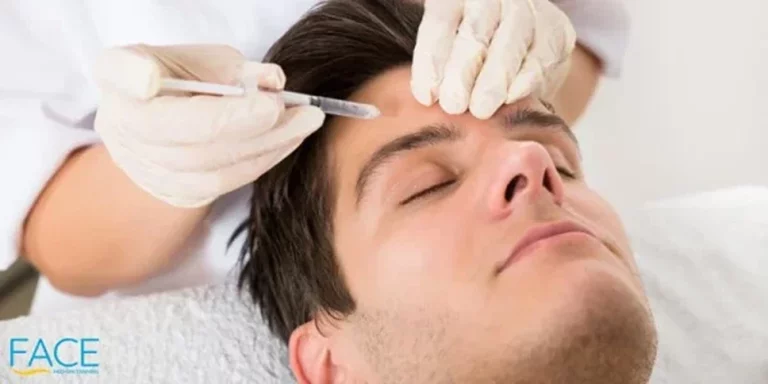
What You Need To Know About Plasma Pen vs. Botox
Facial skincare rejuvenation treatments have steadily progressed in both sophistication and options provided to patients. One of the best examples…
Read More
Does Fibroblast Plasma Pen Treatment Really Work?
Medical treatments for skin rejuvenation have progressed dramatically in the past decade, giving patients more options rather than conventional surgery…
Read More
What Is The Longest Lasting Facial Filler?
Dermal fillers have become one of the most popular facial cosmetic procedures performed, partially because of the range of different…
Read More
How To Avoid Broken Blood Vessels After Injection Treatments
Injection treatments are some of the most common cosmetic/medical procedures performed. However, while this method is effective at delivering medication…
Read More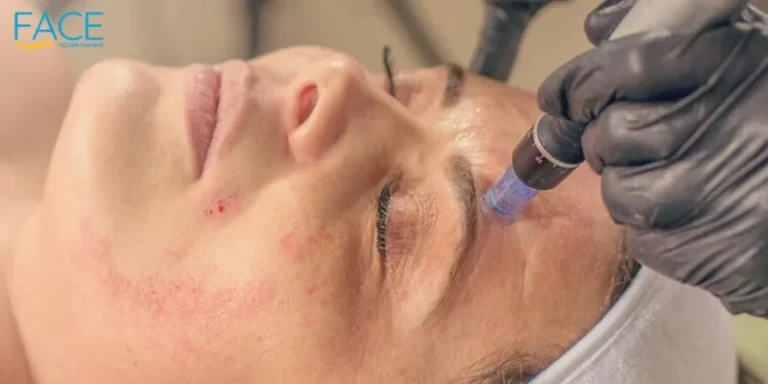
Microneedling Pen vs Derma Roller: Which Is Better?
At-home skin rejuvenation treatments have skyrocketed in popularity as an affordable and convenient way to experience clinical skin treatments. And…
Read More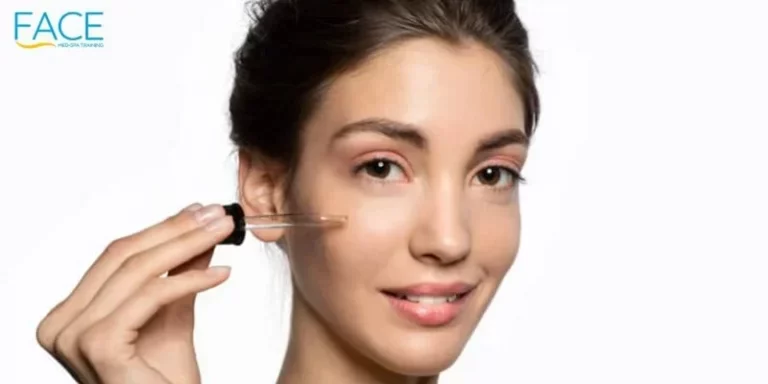
Hyaluronic Acid vs. Retinol
As the largest organ in the entire body, the skin requires a fair amount of maintenance and upkeep to function…
Read More
Microneedling Machine At Home: What Patients And Dermatologists Need To Know
Microneedling is a widely popular procedure that’s shown a lot of benefits in skin rejuvenation. Plenty of innovations have been made…
Read More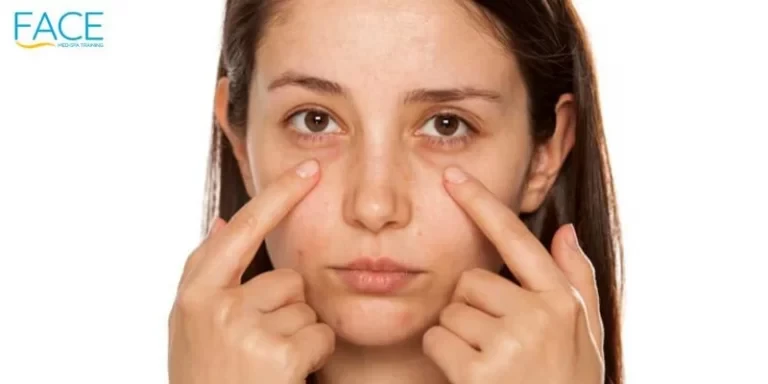
What To Consider When Microneedling Under The Eyes
Microneedling and derma rollers have made collagen induction therapy more accessible to the market, since they’re minimally invasive methods that help…
Read More
Vitamin C Or Hyaluronic Acid Serum: What’s The Difference?
There are two substances that are critical for improving the appearance of skin: vitamins and moisture. For this reason, plenty…
Read More
Using A Microneedling Pen For Hair Loss
Around 1 in 5 Americans experience high rates of hair loss, and this number is expected to increase the older a…
Read More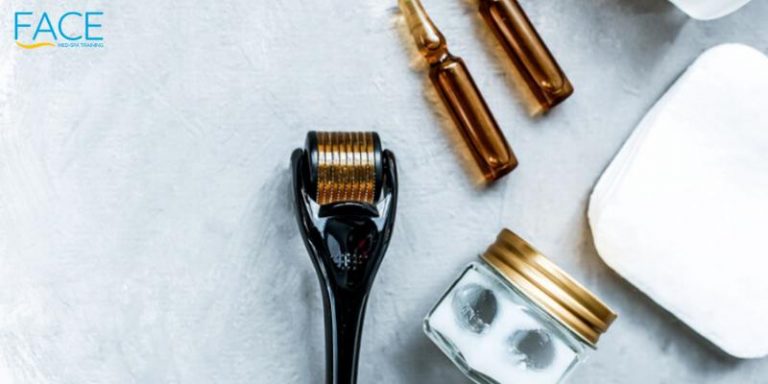
Can A Derma Roller Remove Stretch Marks?
At-home skin treatments have increasingly gained both popularity and innovation over the past couple of years. Treatments that were previously…
Read More
Why Dermatologists Should Study The Rheology Of Their Dermal Fillers
According to research by the American Society of Plastic Surgeons, around 2.6 million dermal filler injections were performed in the United…
Read More
HA vs. Non-HA Fillers: Which Should You Use?
Skin rejuvenation treatments are one of the most common cosmetic procedures performed to help the body combat the signs of…
Read More
Collagen VS Biotin For Hair Growth
Beauty supplements and maintenance products are all the rage these days, and two of the most popular types of these…
Read More
Can Too Much Collagen Cause Hair Loss?
Collagen is one of the essential amino acids that are crucial to the skin’s well-being. It’s the most abundant protein…
Read More
Applying Sculptra: Cannula vs Needle Treatment
Sculptra (or New-Fill) has steadily gained popularity among dermal fillers to fill in areas in the face with longer-lasting results.…
Read More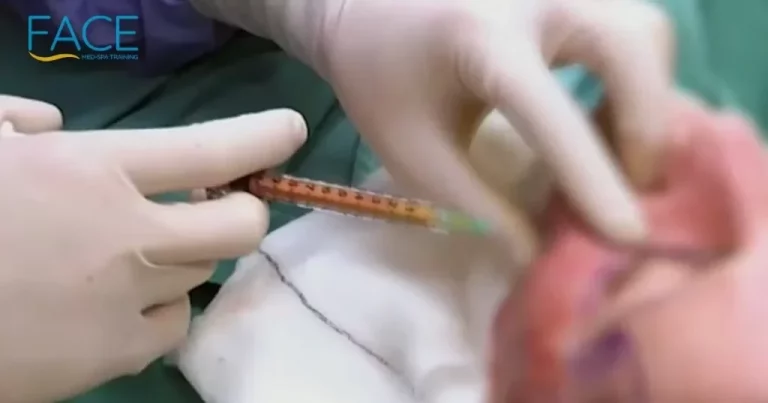
Applying Restylane: Cannula vs Needle
Injectables like dermal fillers are effective at restoring lost volume to the skin, but they can cause complications if the…
Read More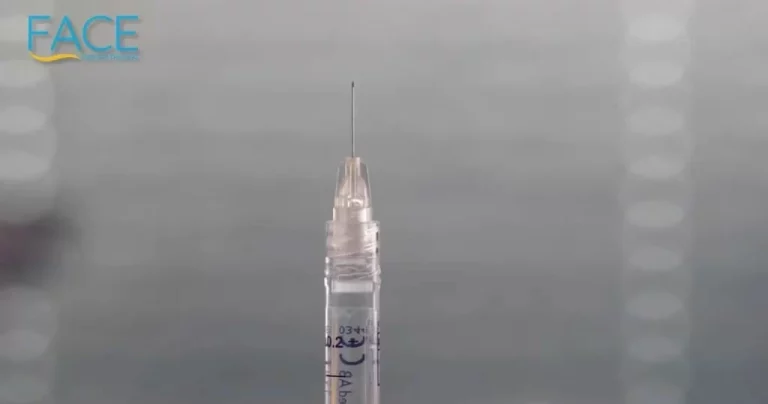
Cannula vs Needle Piercing: What’s The Difference?
According to a 2017 Statista survey, around 34% of Americans have two to three body piercings. These piercings are often…
Read More
Growth Factor Effects On Different PRP Systems
Platelets, the fundamental element of primary hemostasis, are also known to be reservoirs for many growth factors (GFs), which they…
Read More
Role Of Fibroblast Growth Factors In Tissue Healing
Fibroblast growth factor (FGF)2/basic FGF is a member of the fibroblast growth factor family. Its role in skin tissue healing…
Read More
Fibroblast Growth Factors Stimulates Hair Growth
FGF(Fibroblast Growth Factors) incites hair growth and are involved in the management of hair morphogenesis and the hair growth cycle.…
Read More
How Does FGF Compare To PRP For Hair Growth?
Platelet-rich plasma (PRP) is created by combining platelets found in whole blood. It can aid in tissue regeneration, bone regeneration,…
Read More
The Hair Growth Benefits of Low-Level Laser Therapy
You're losing hair regardless of how healthy your hair is. In fact, its around 50-100 hair follicles a day! That…
Read More
Using Fibroblast Growth Factor To Rejuvenate Your Hair And Skin
You don't have to accept it anymore that your hair and skin are aging. The science is here to slow…
Read MoreShow All Posts